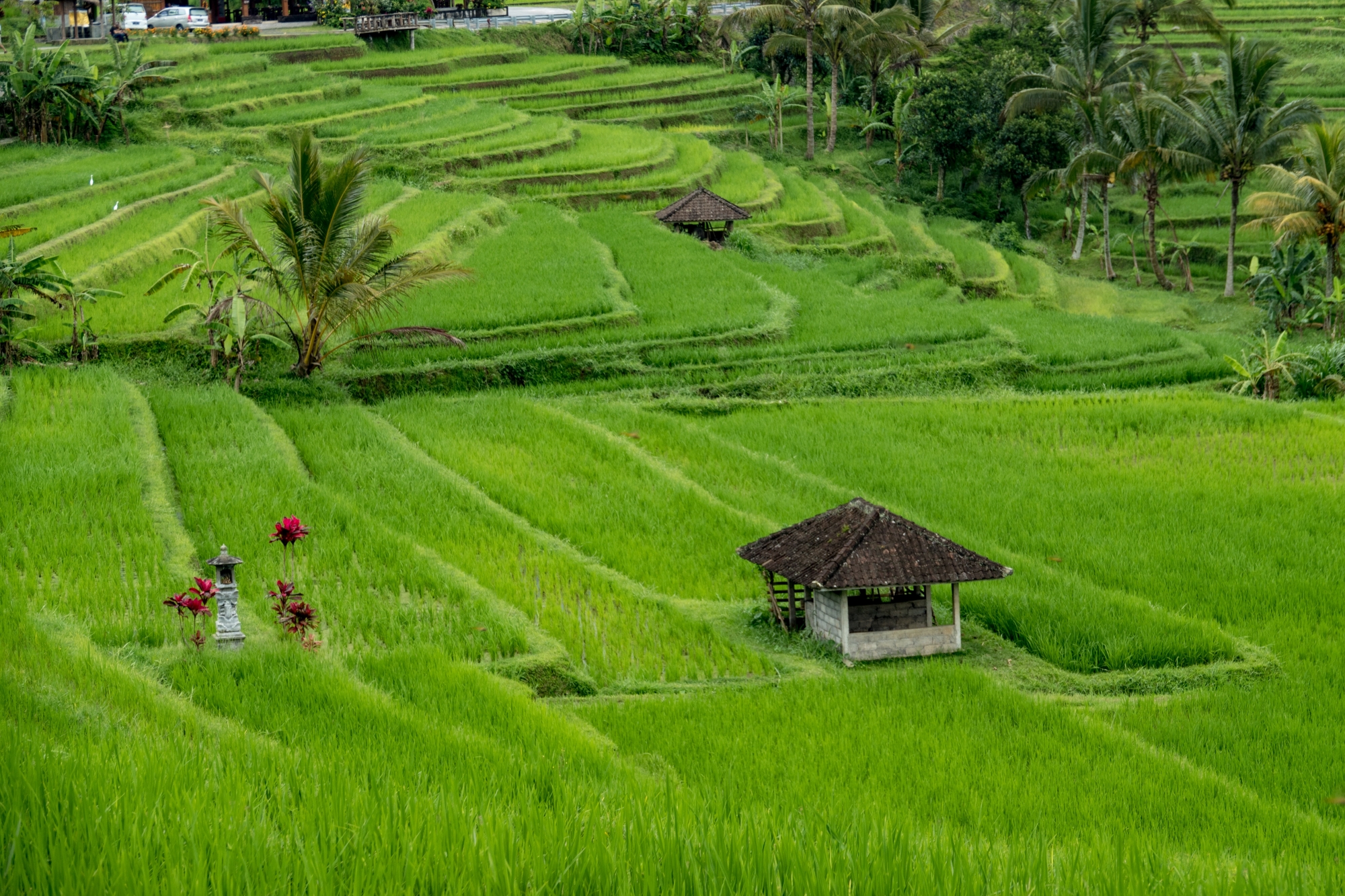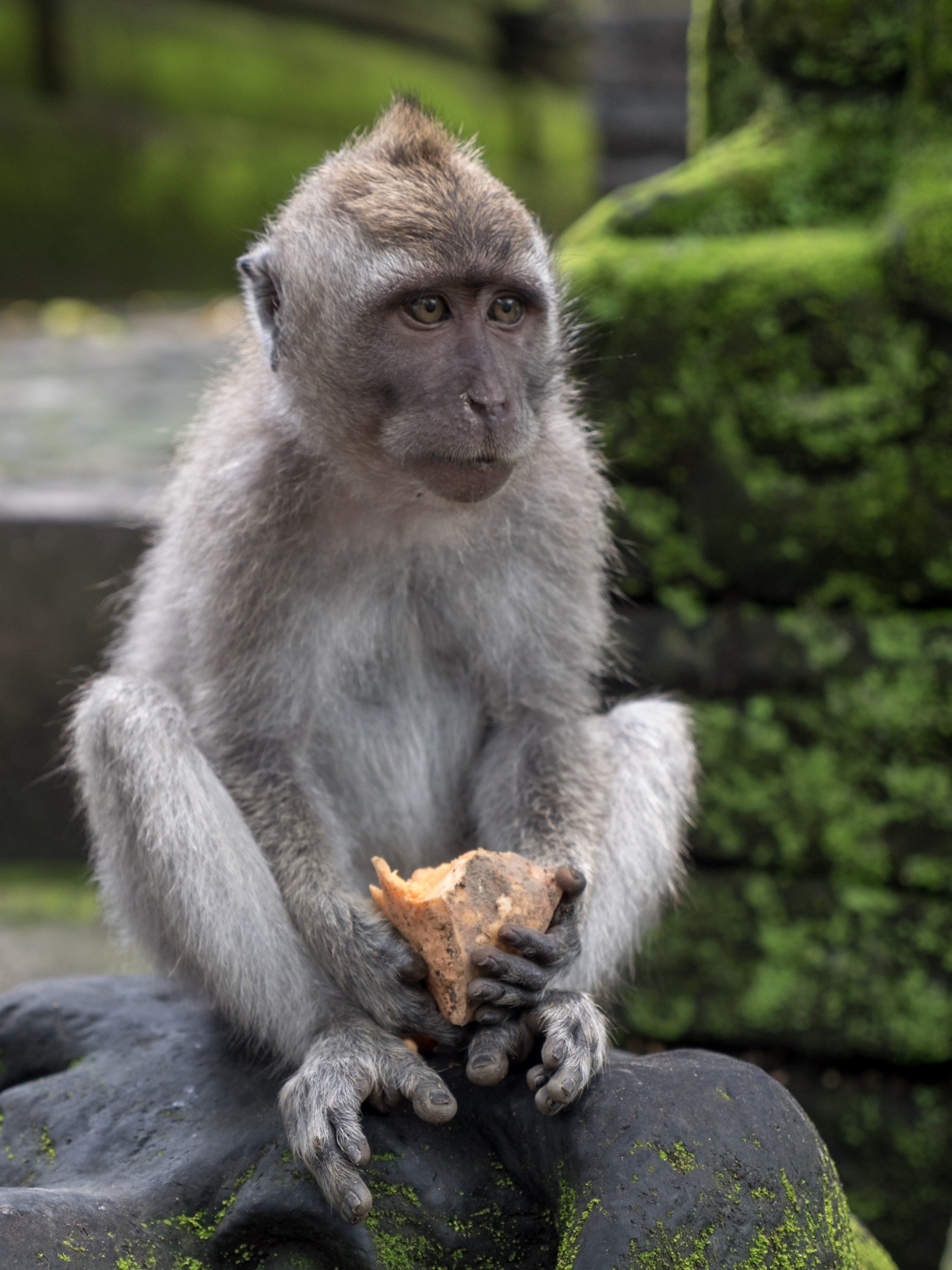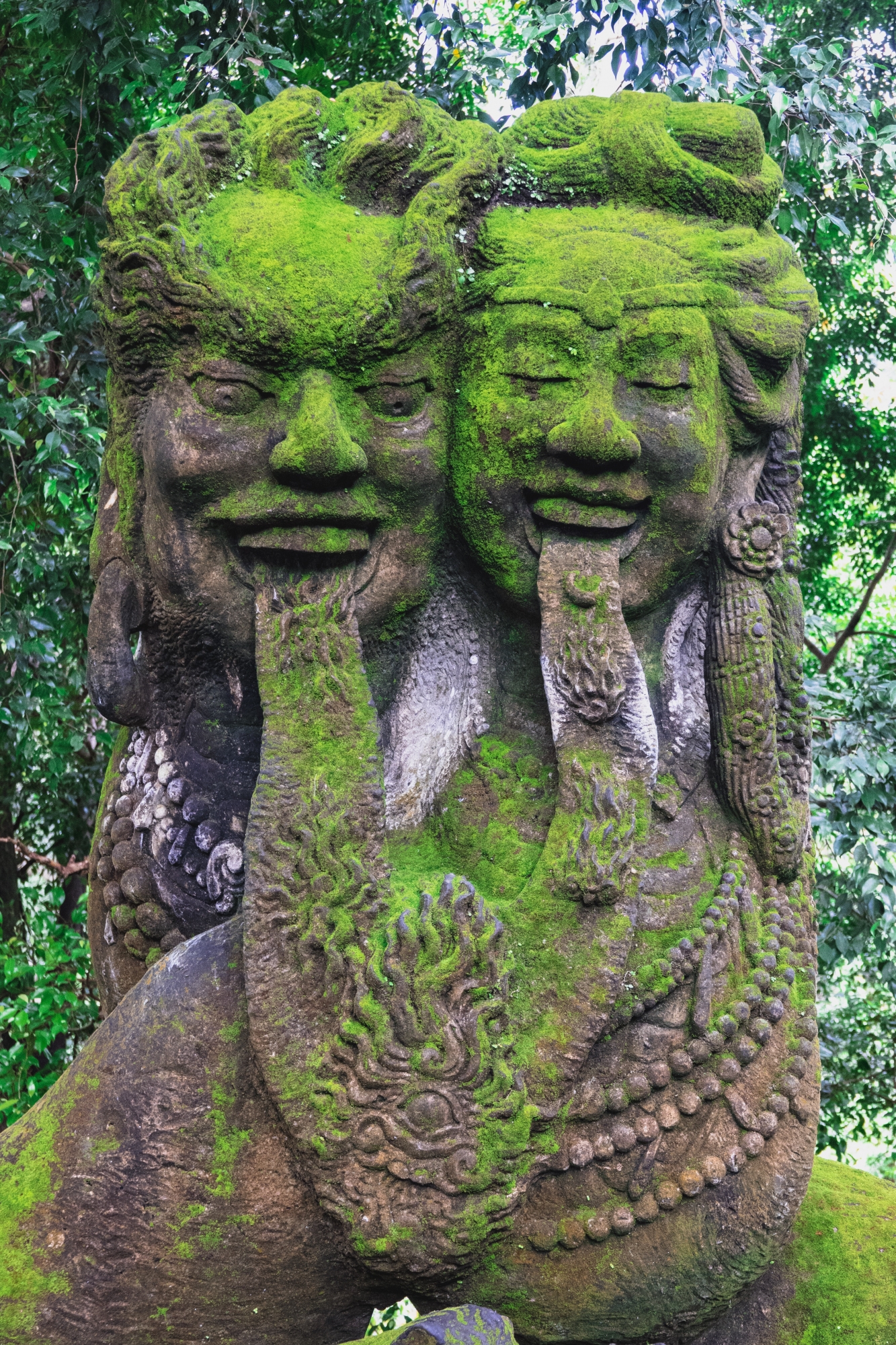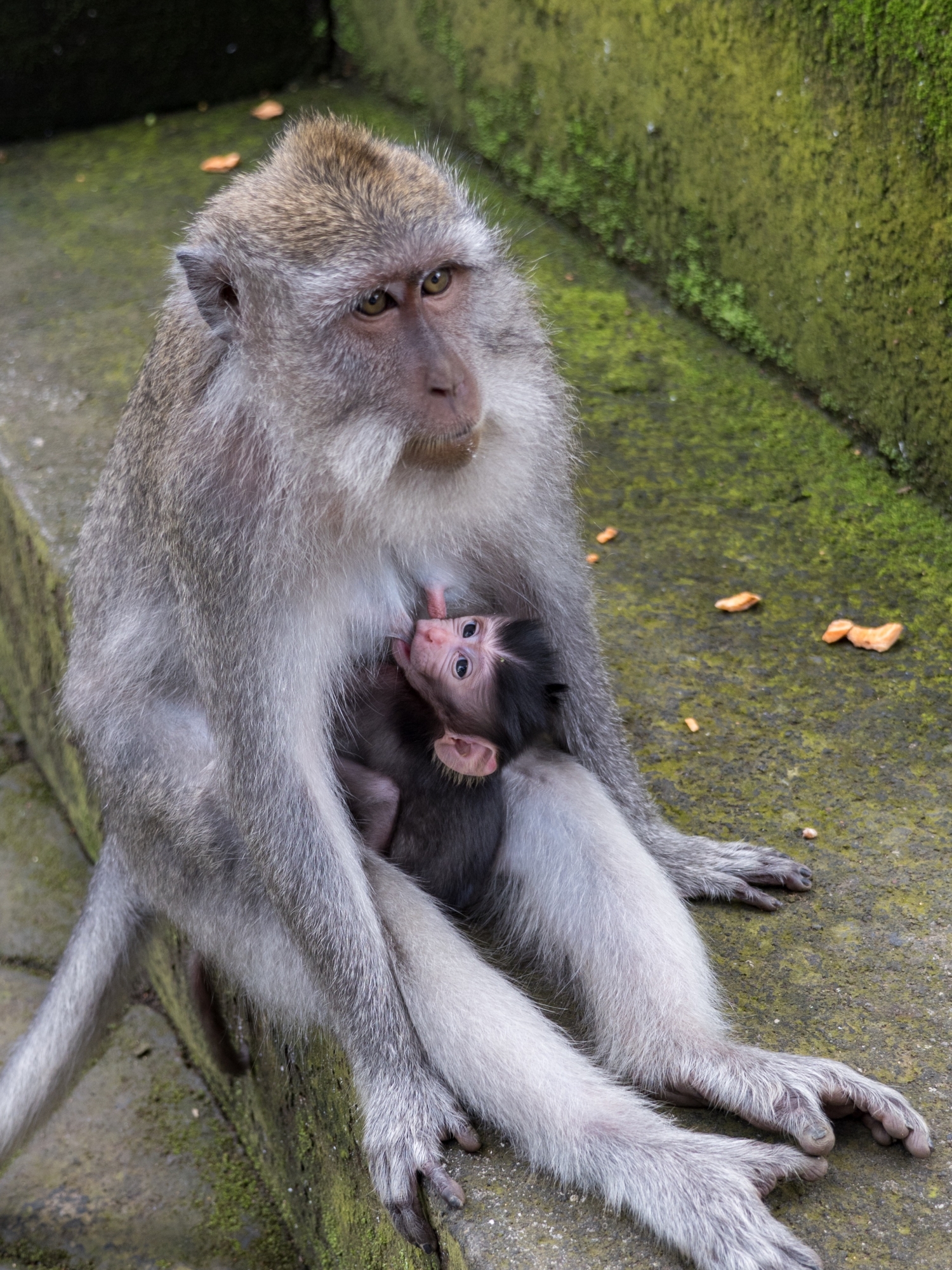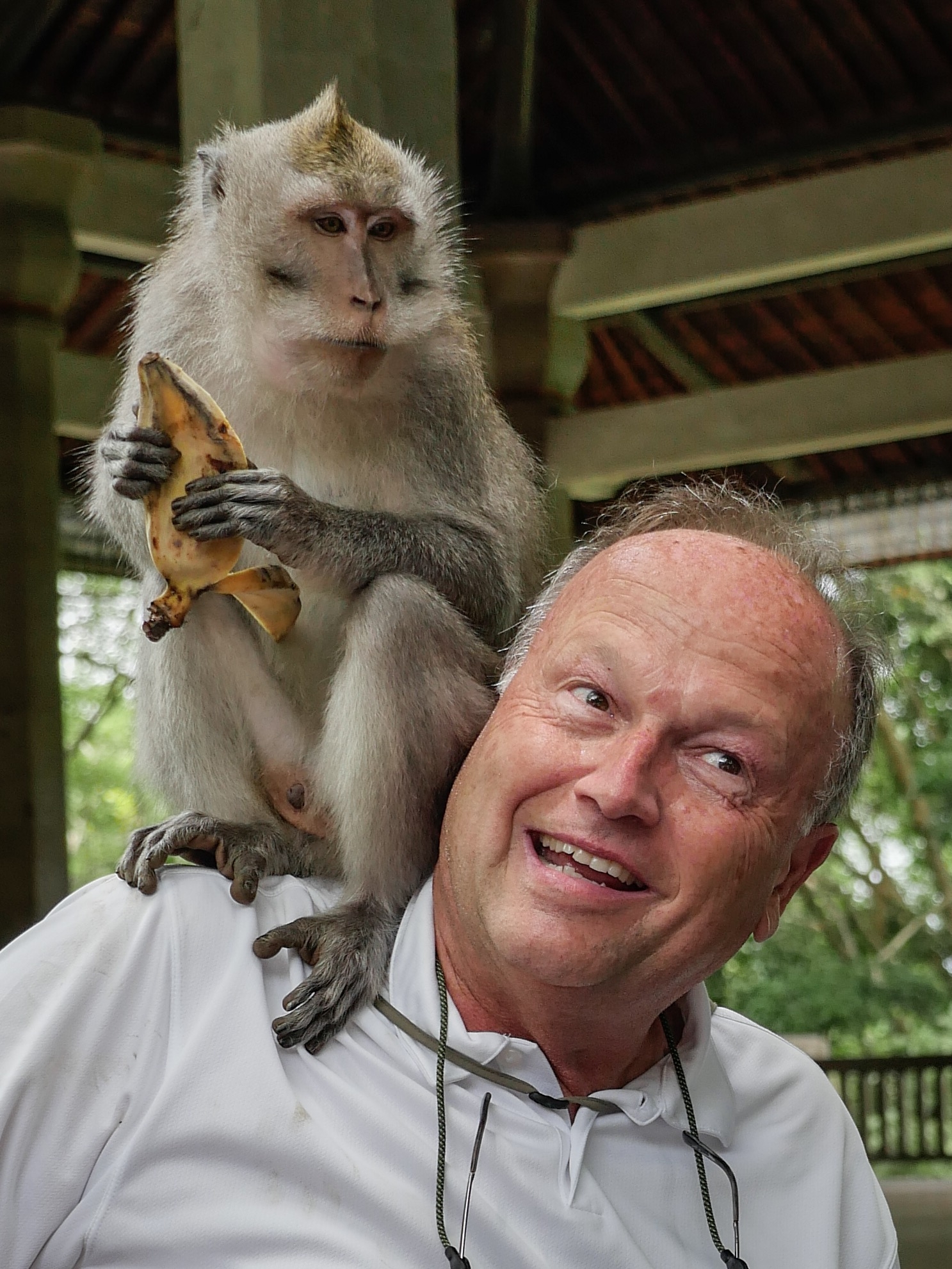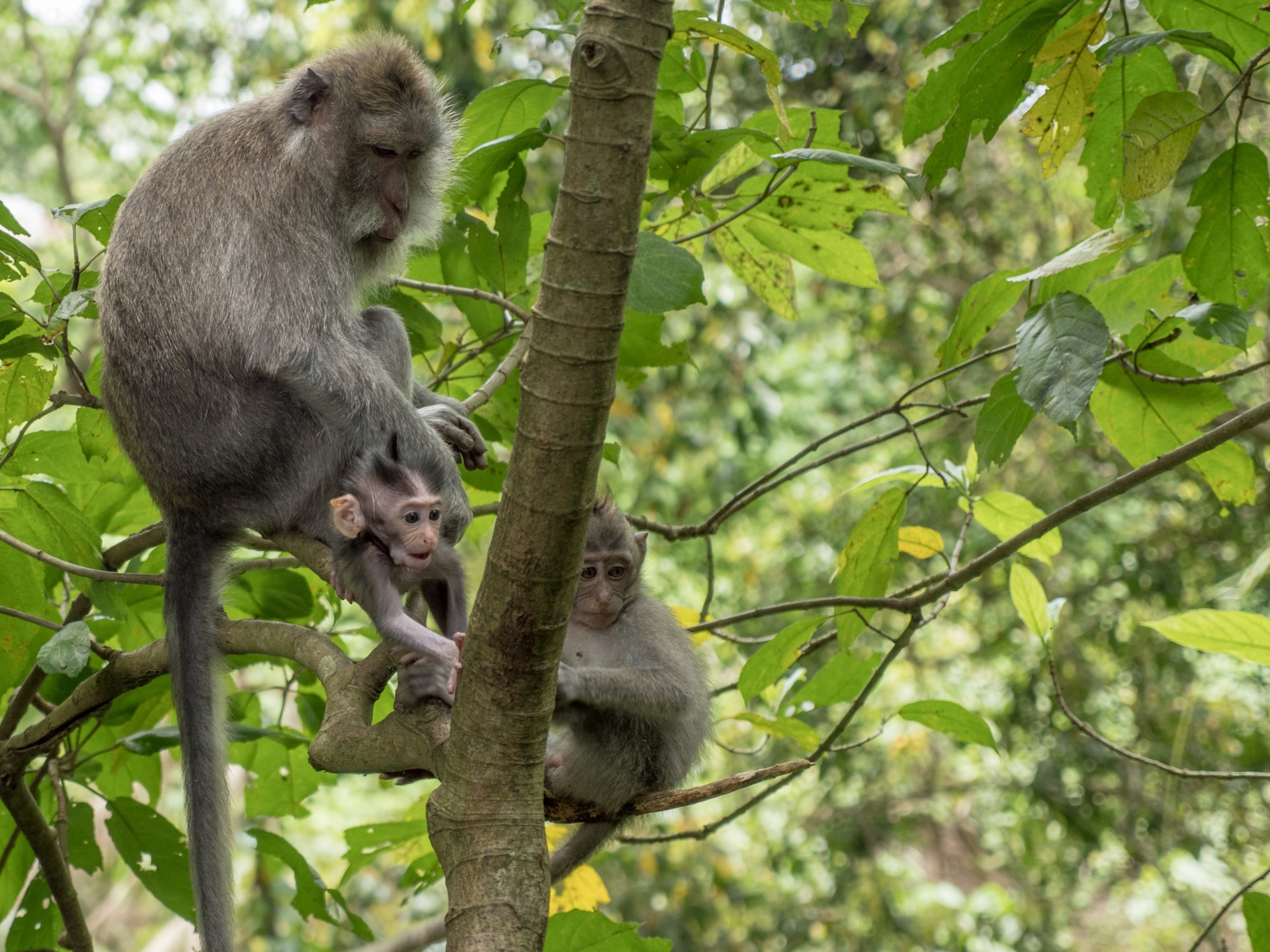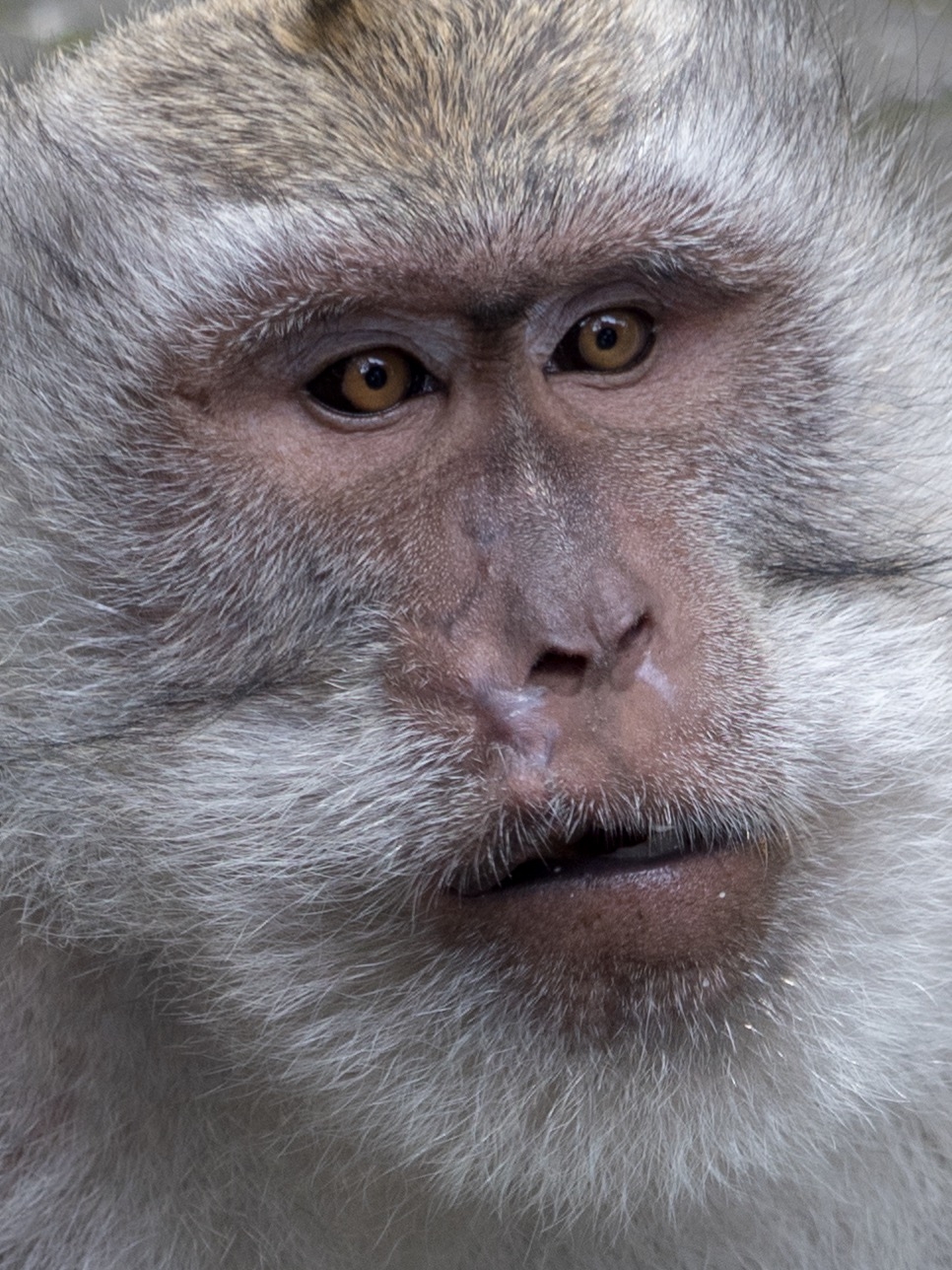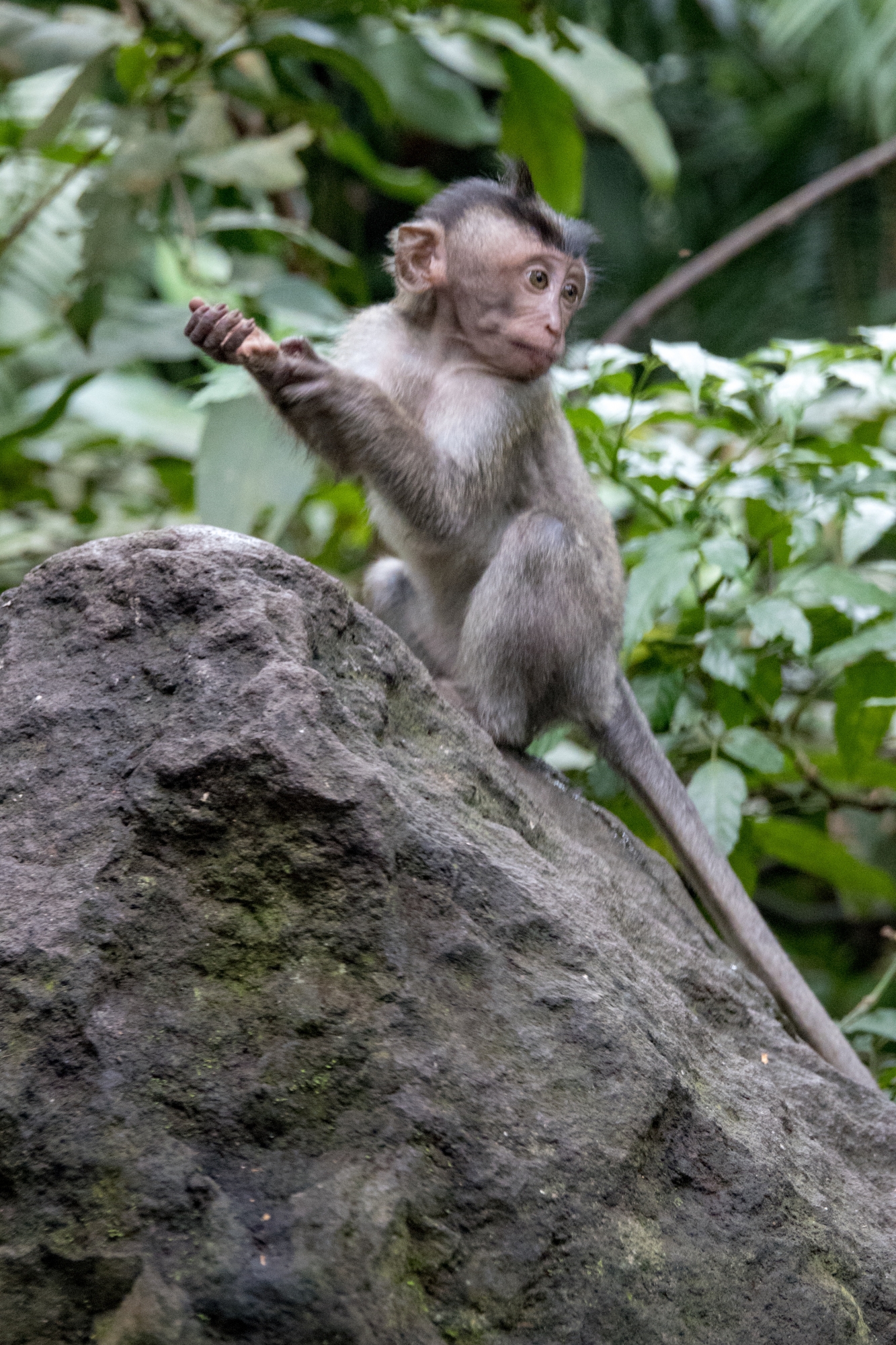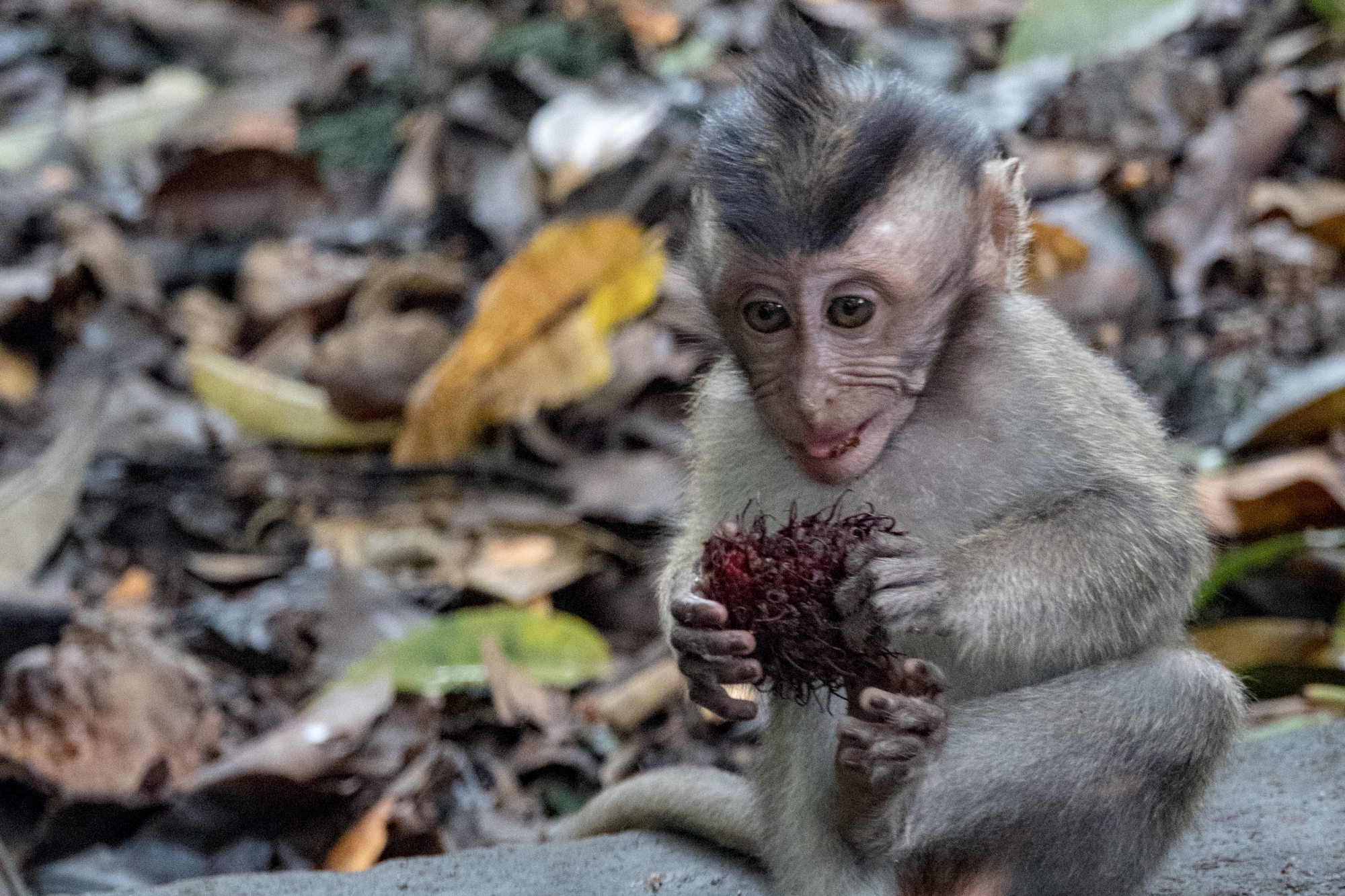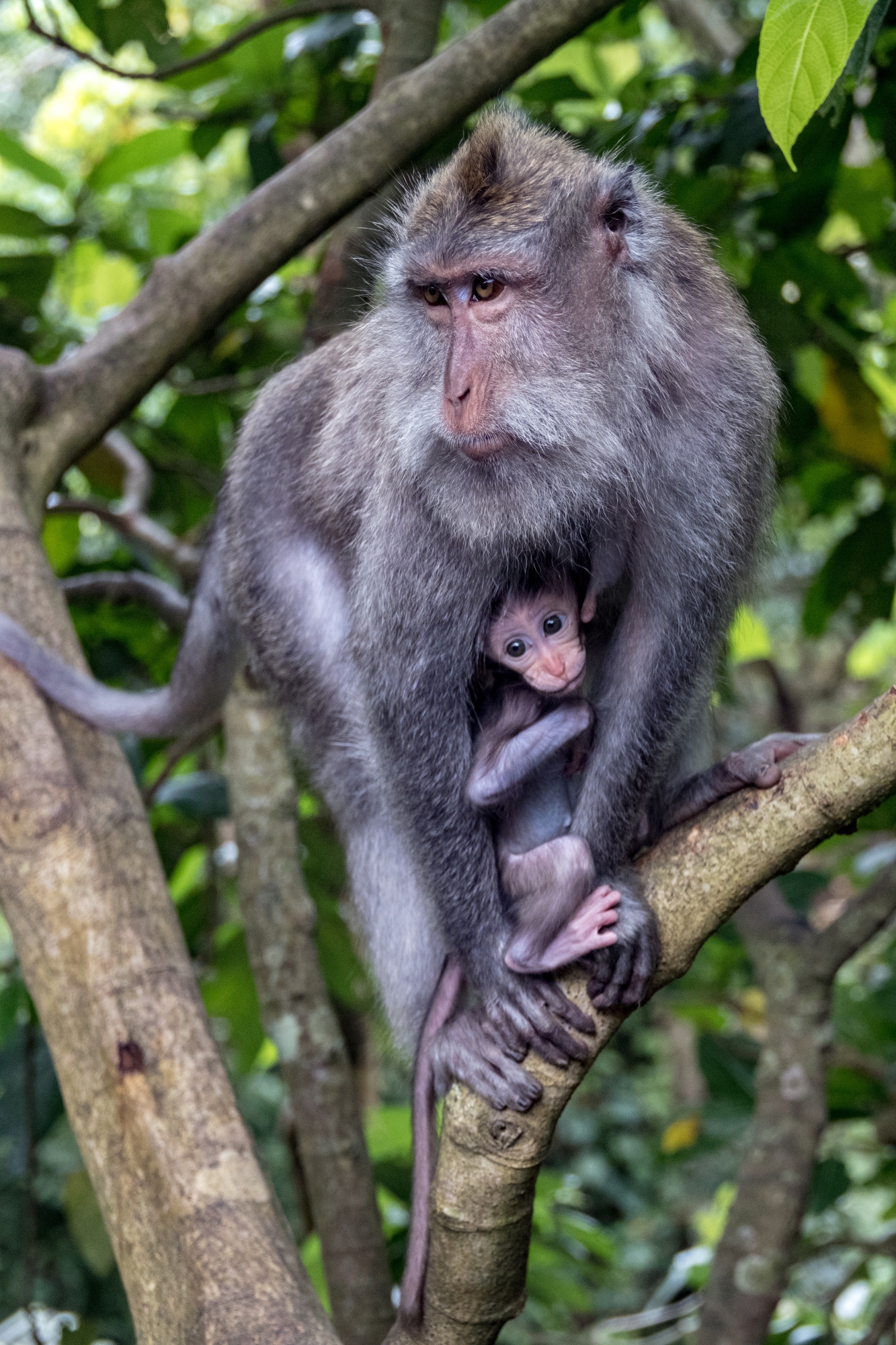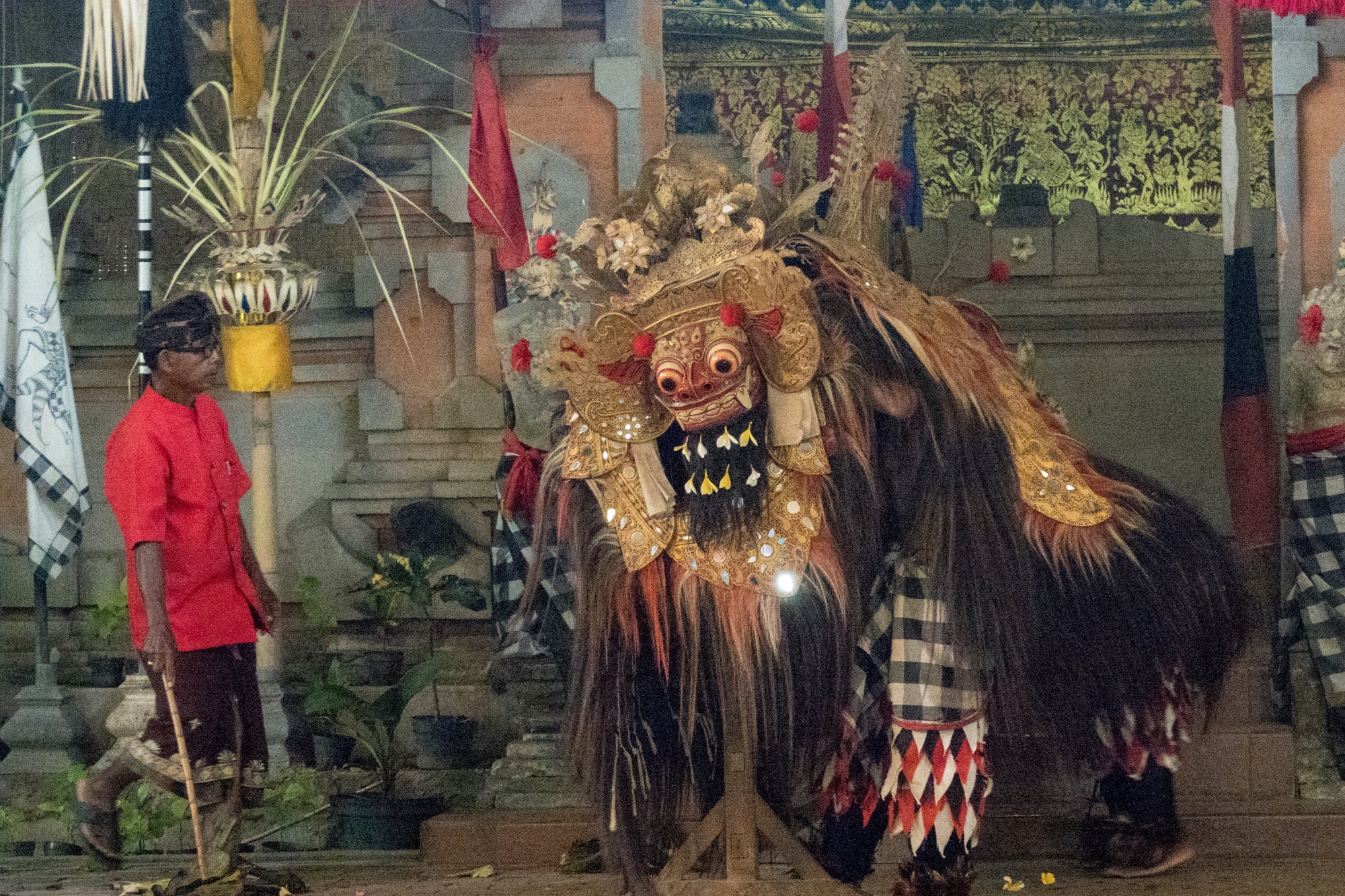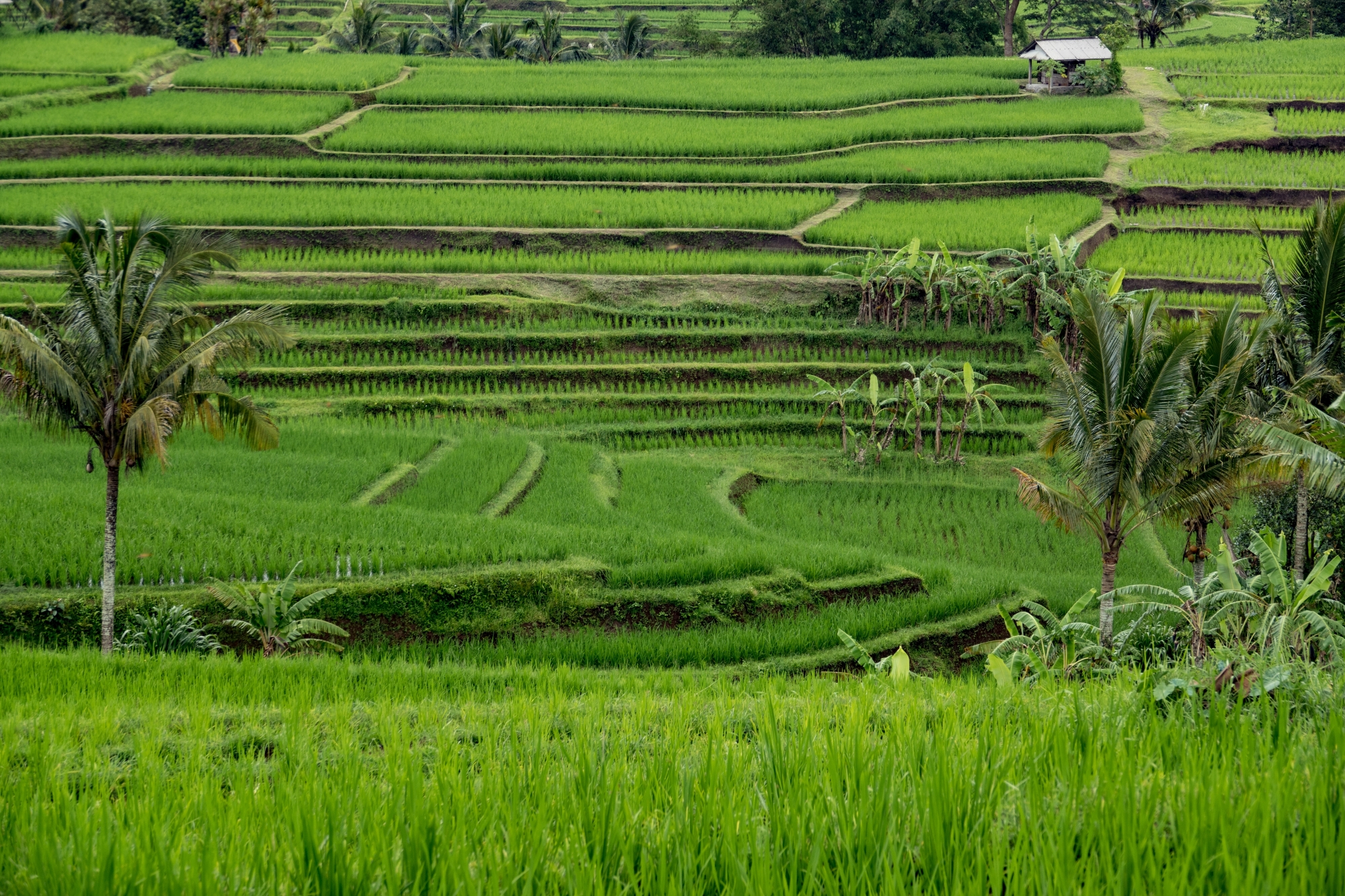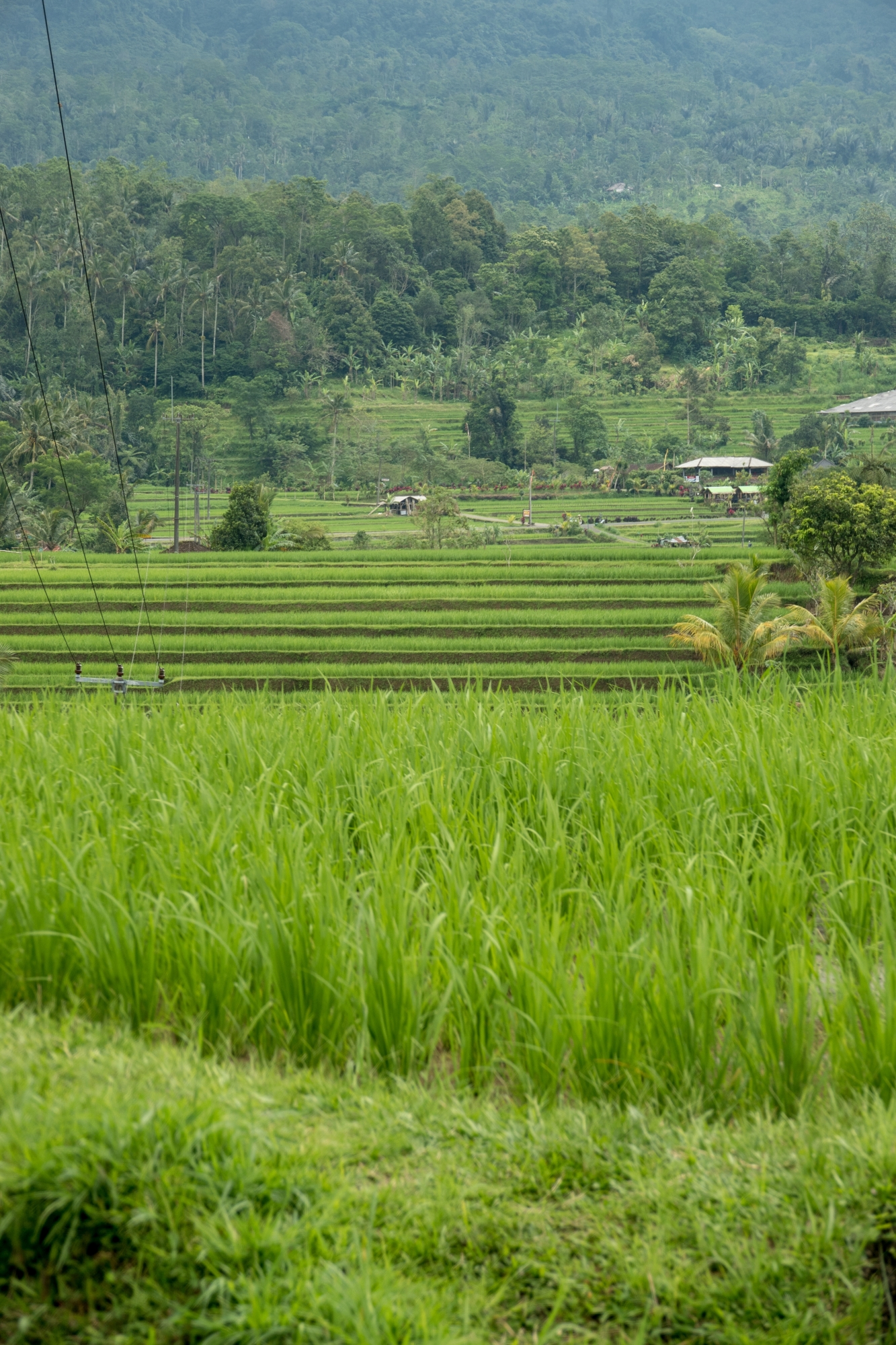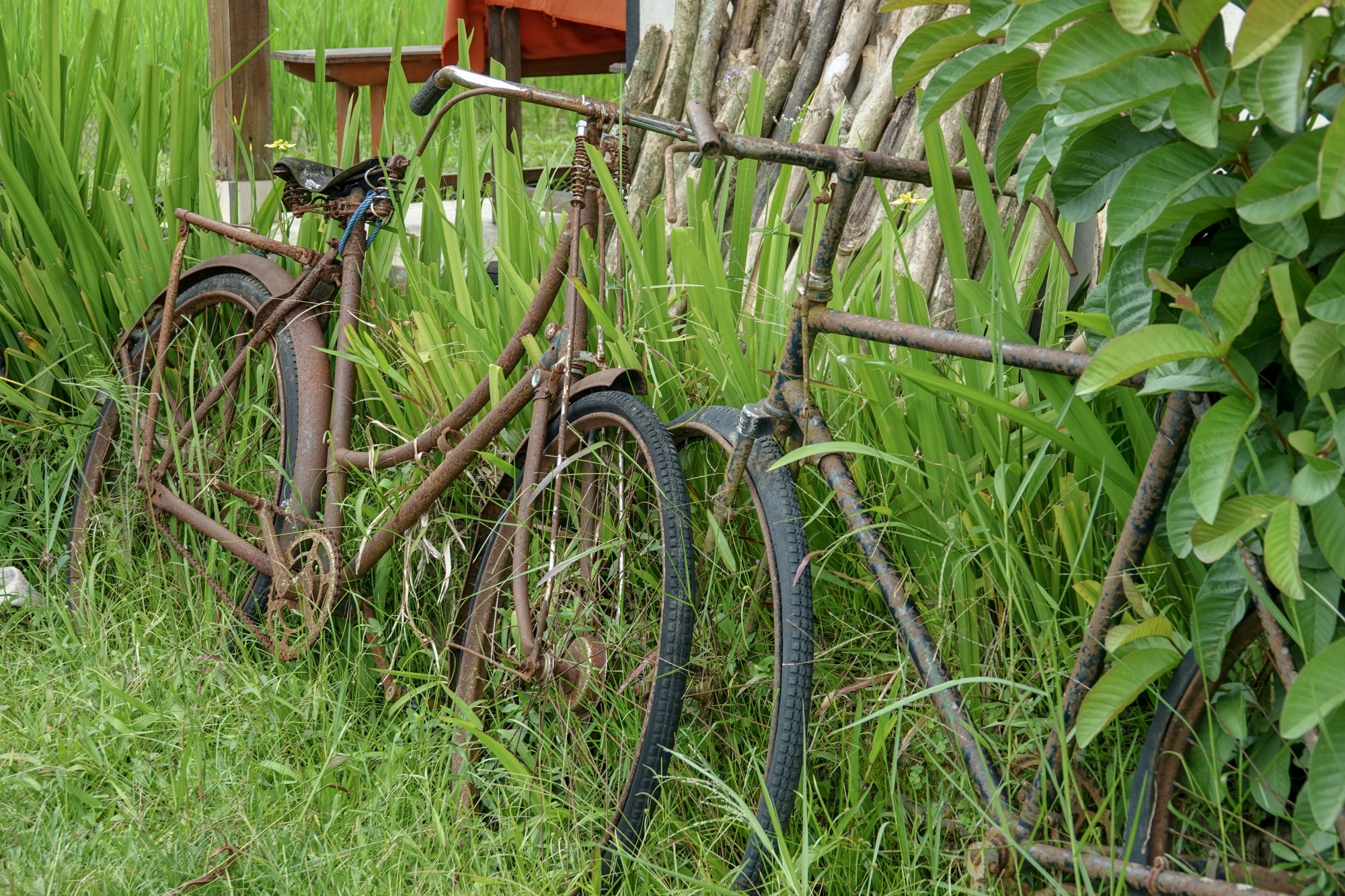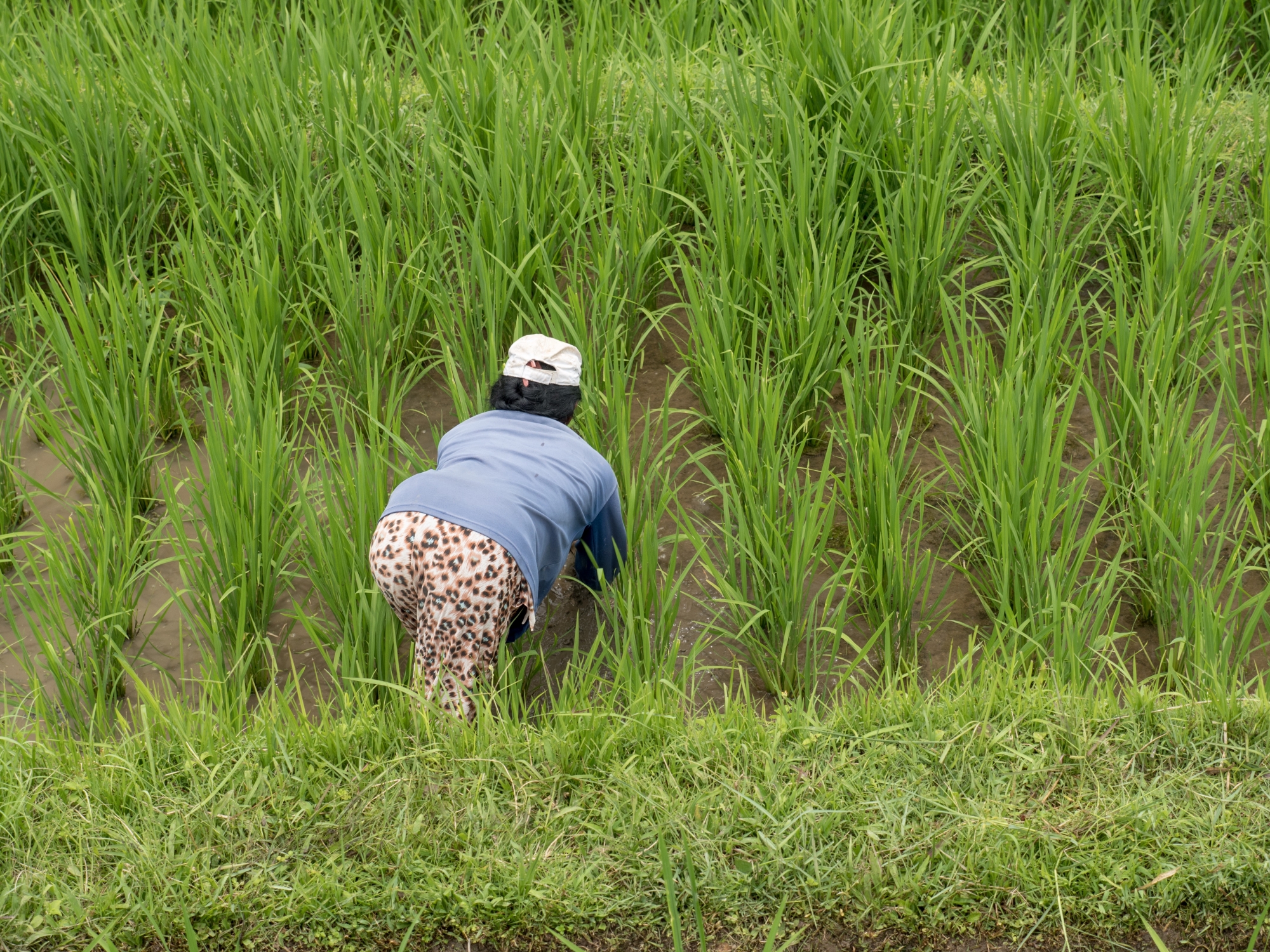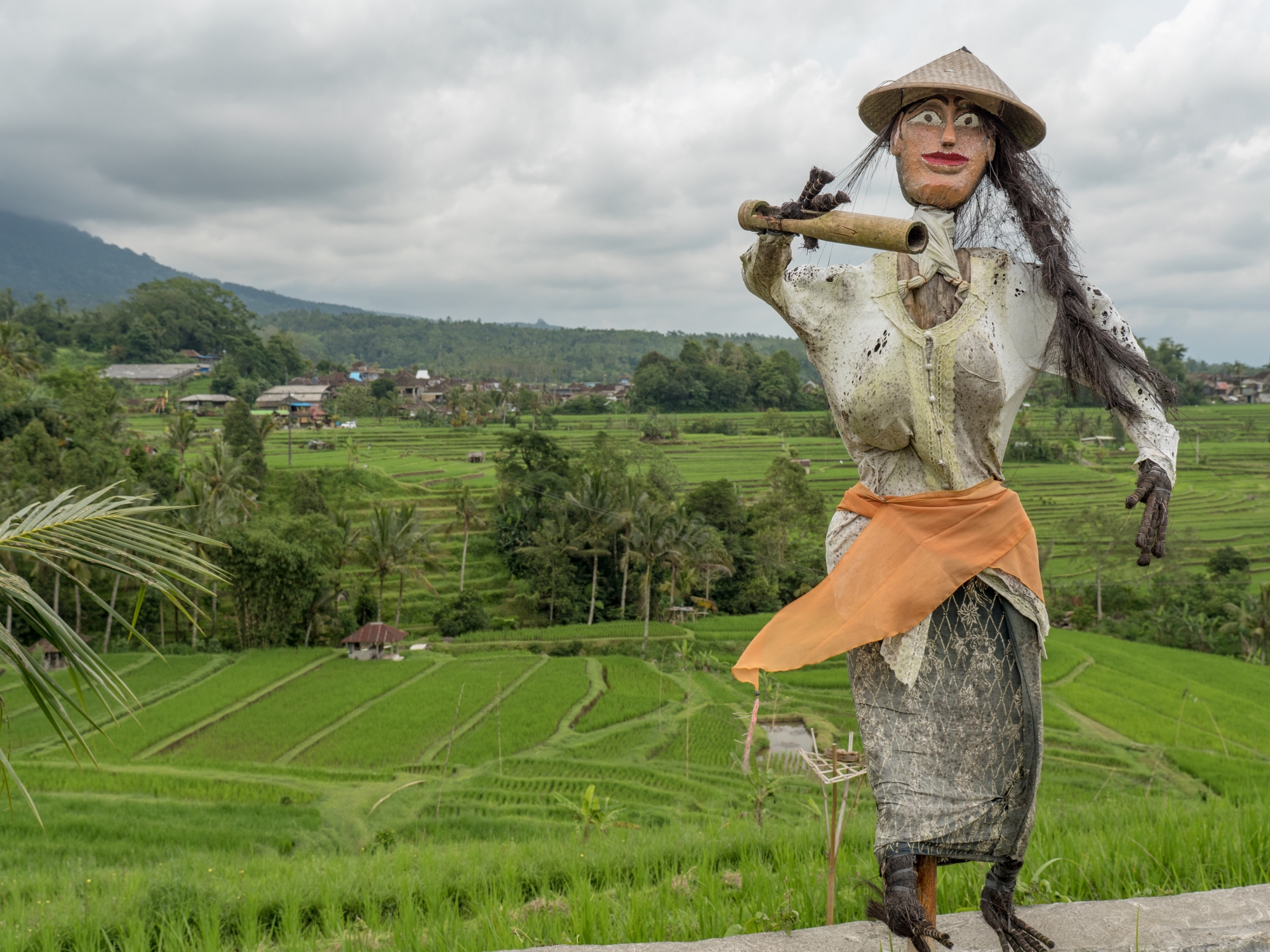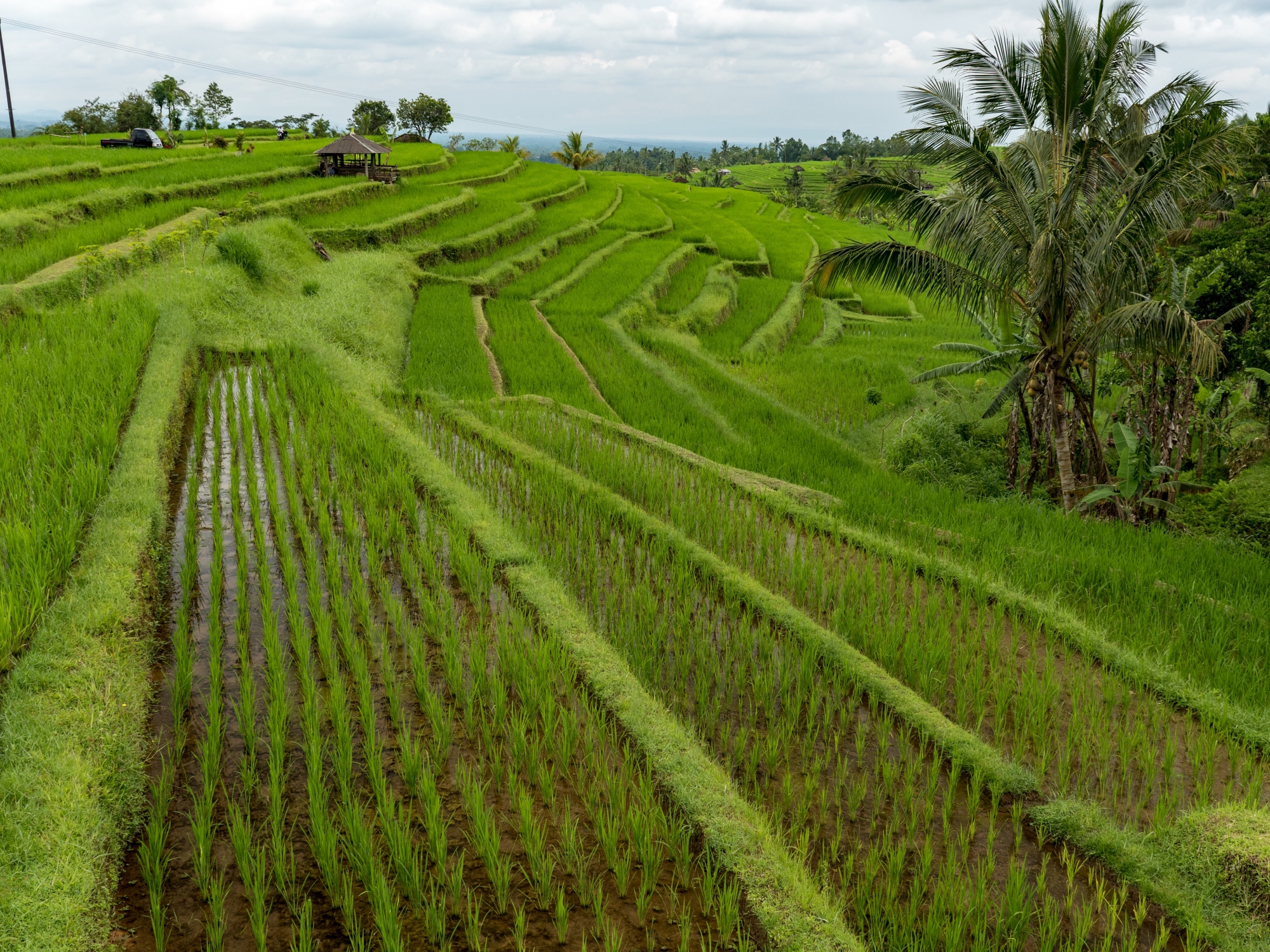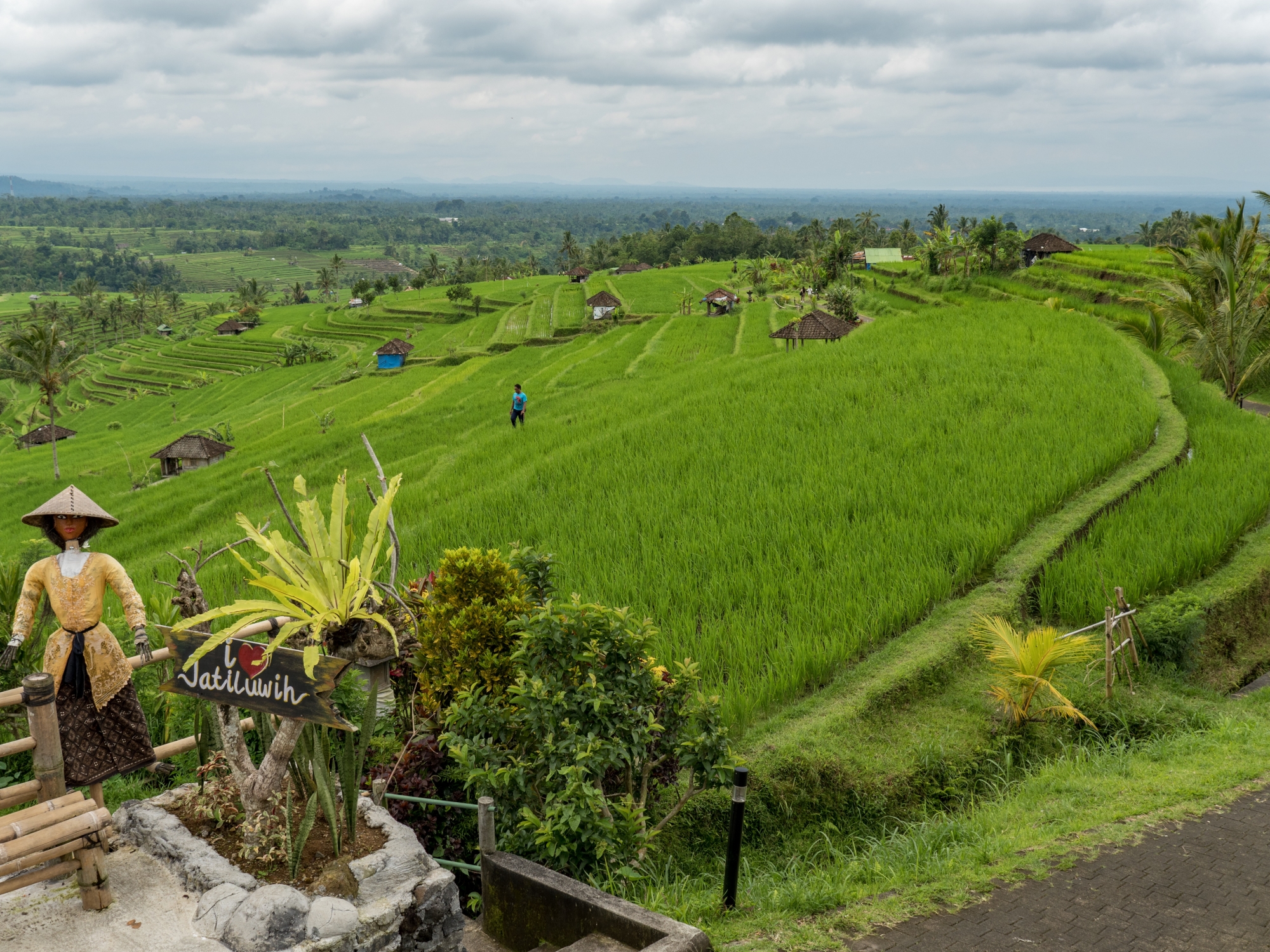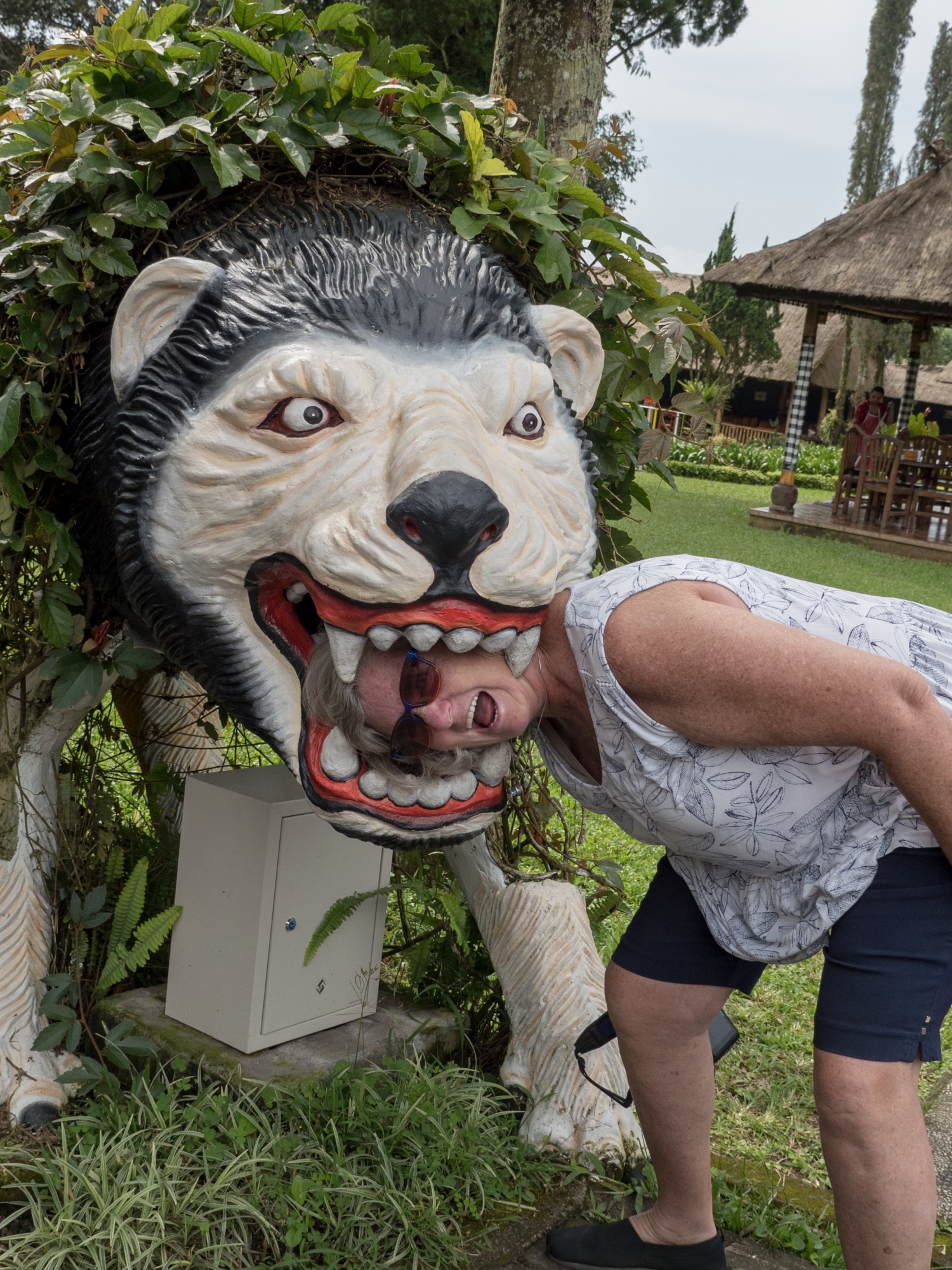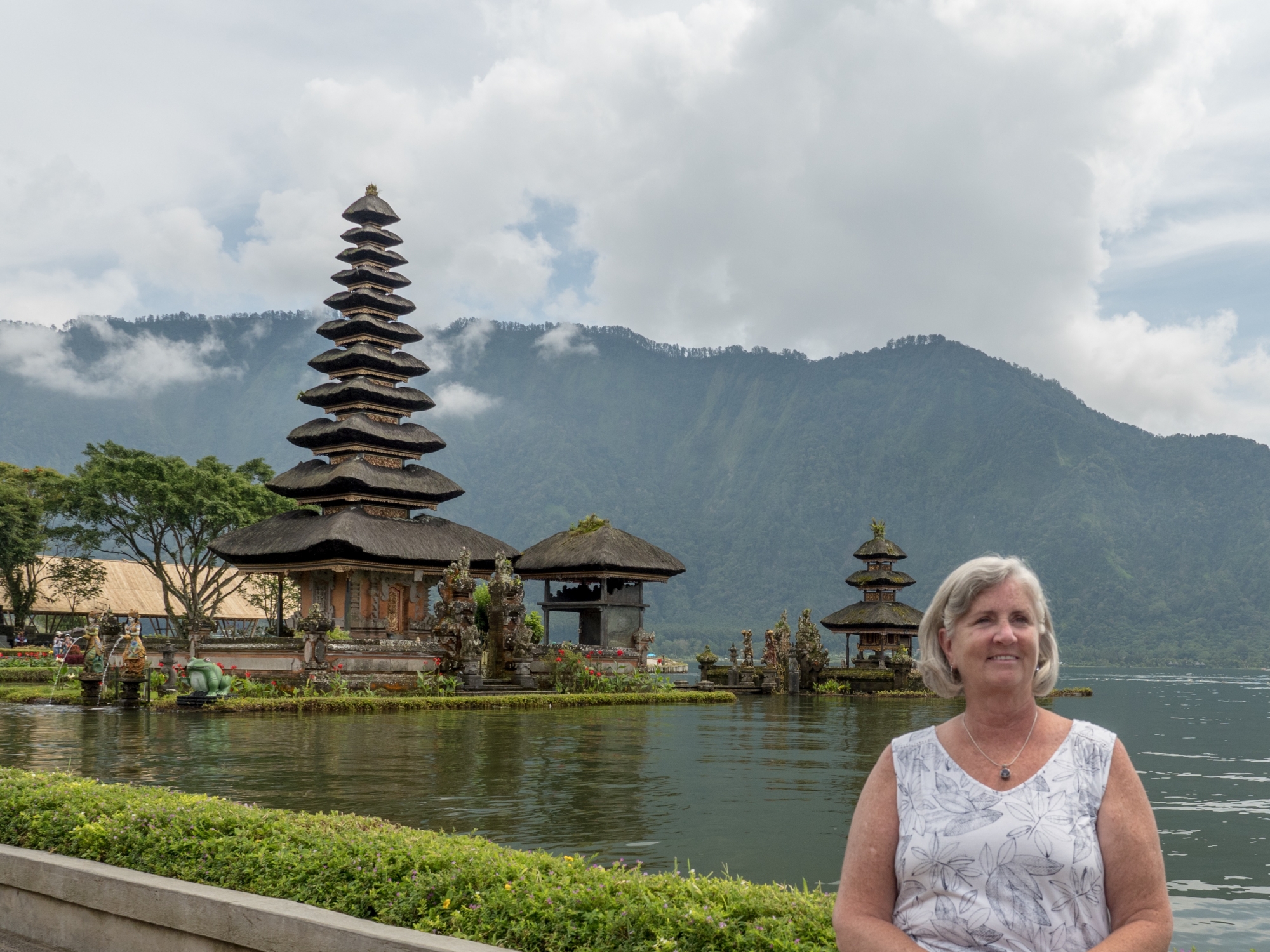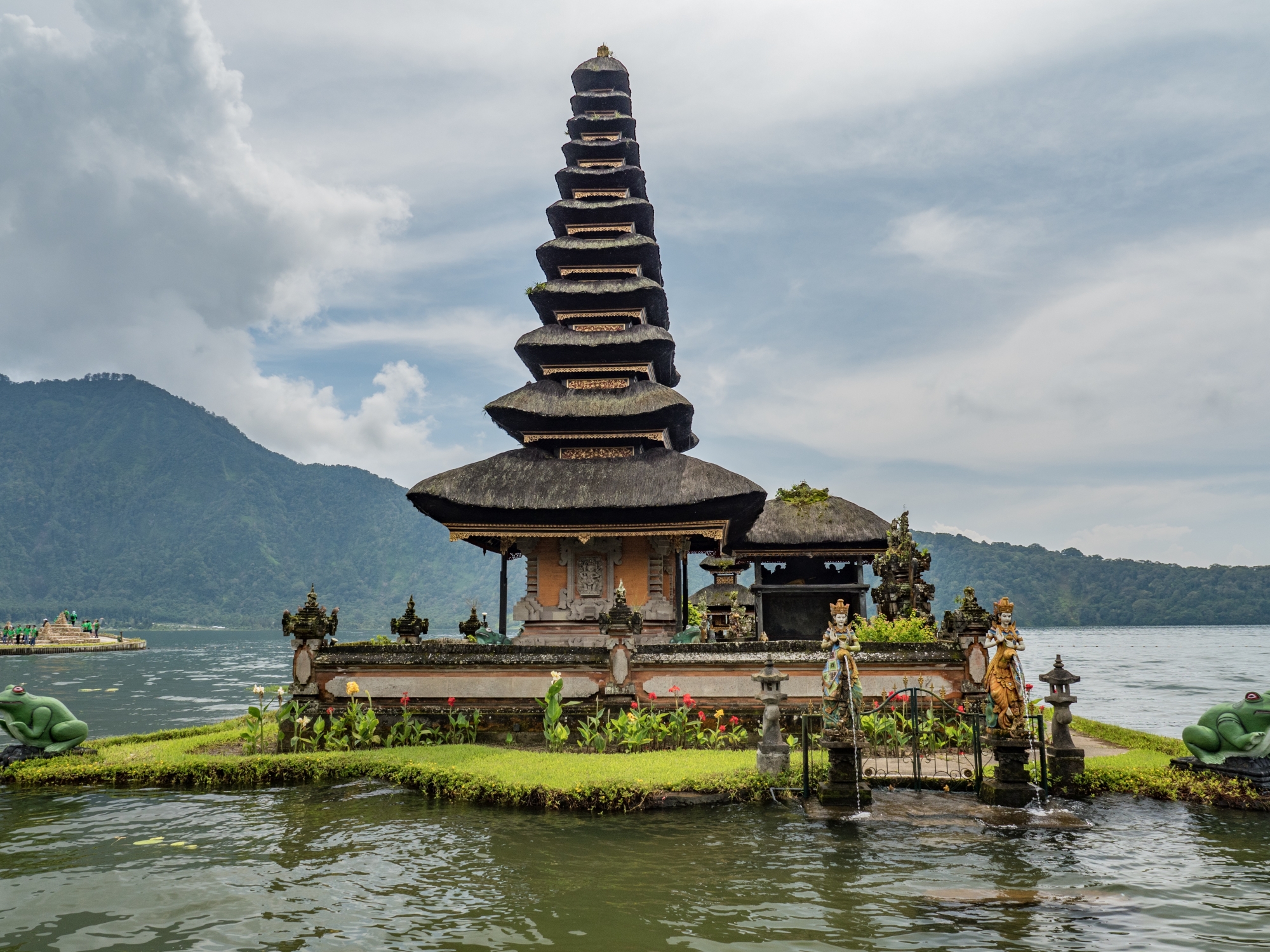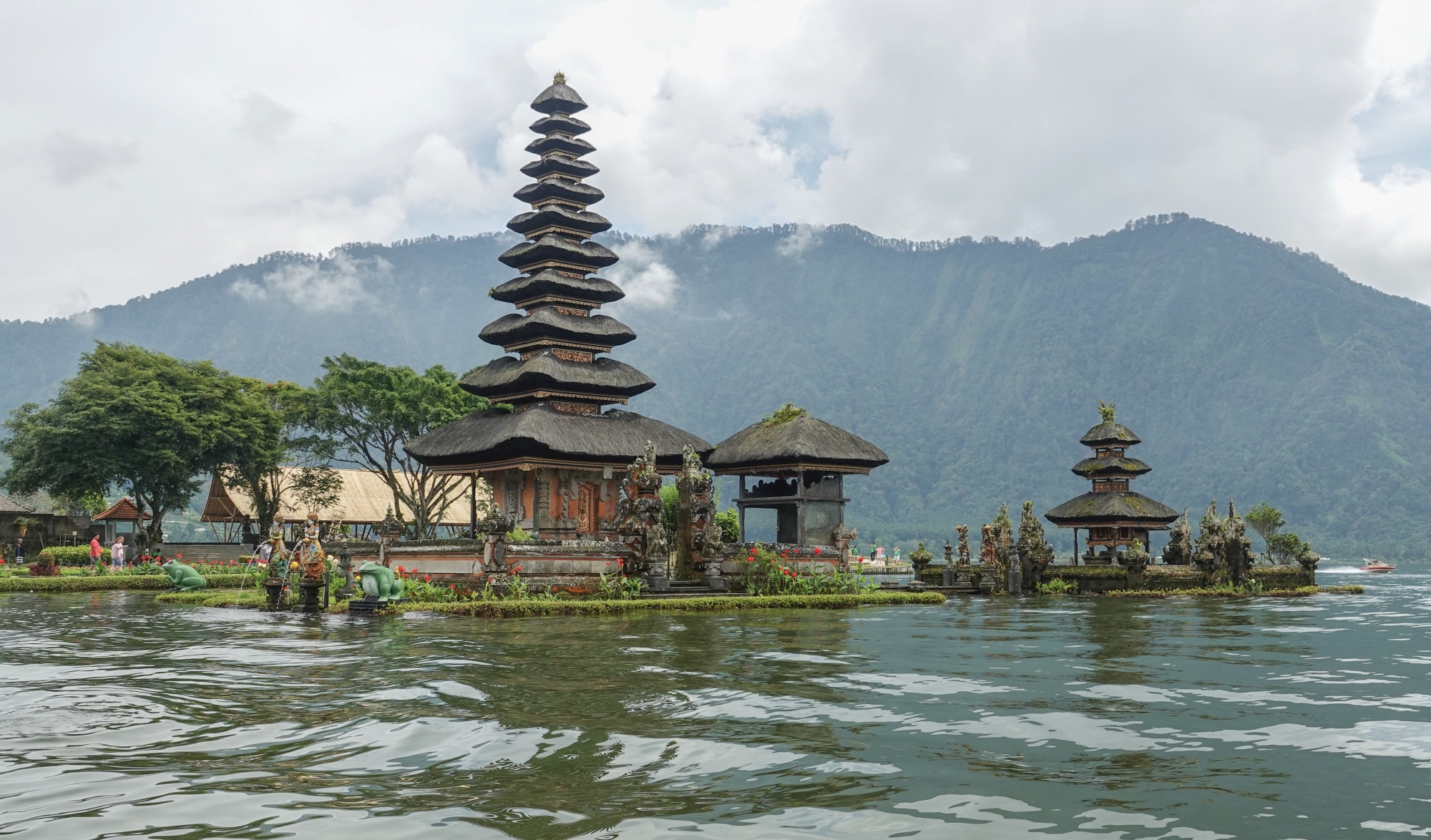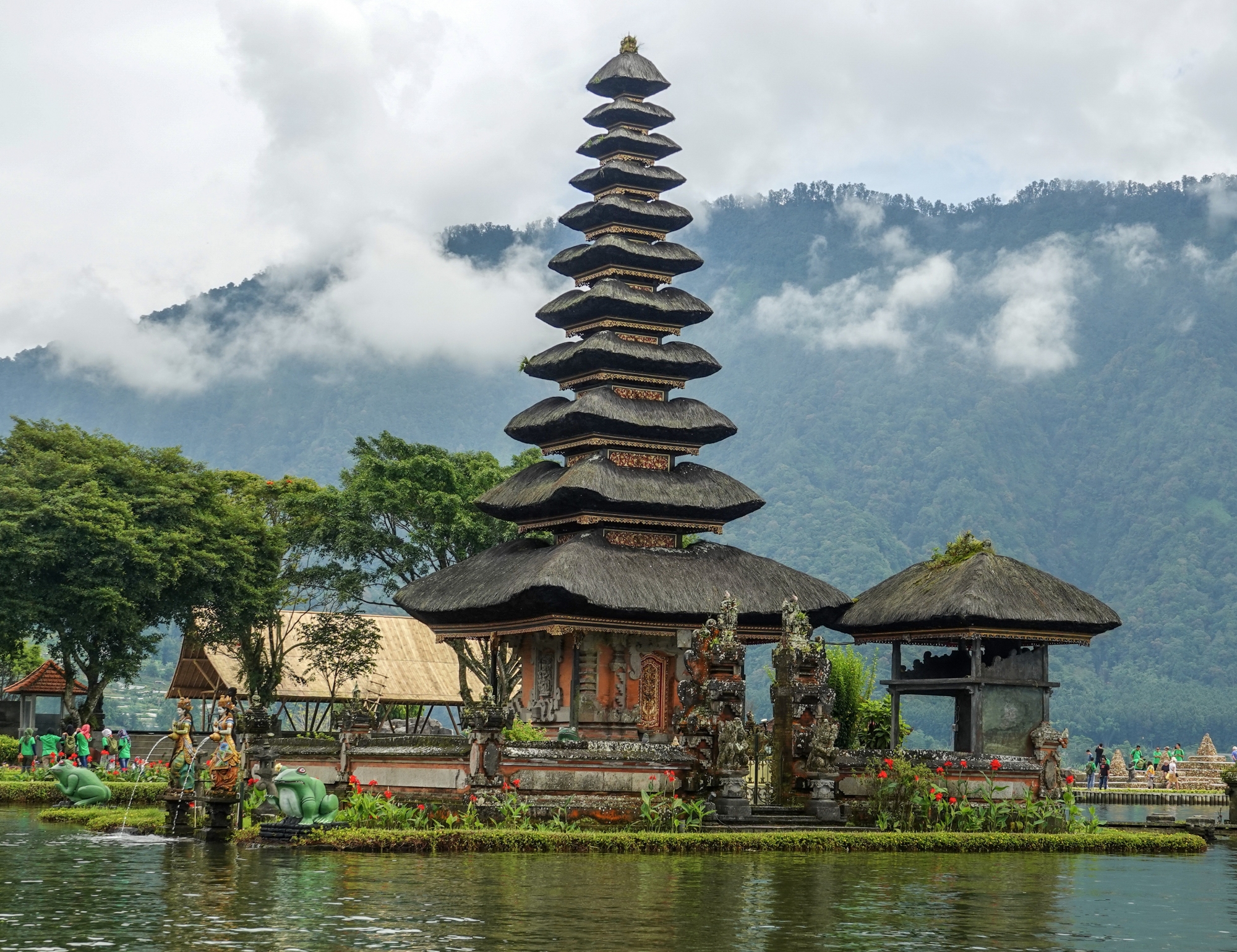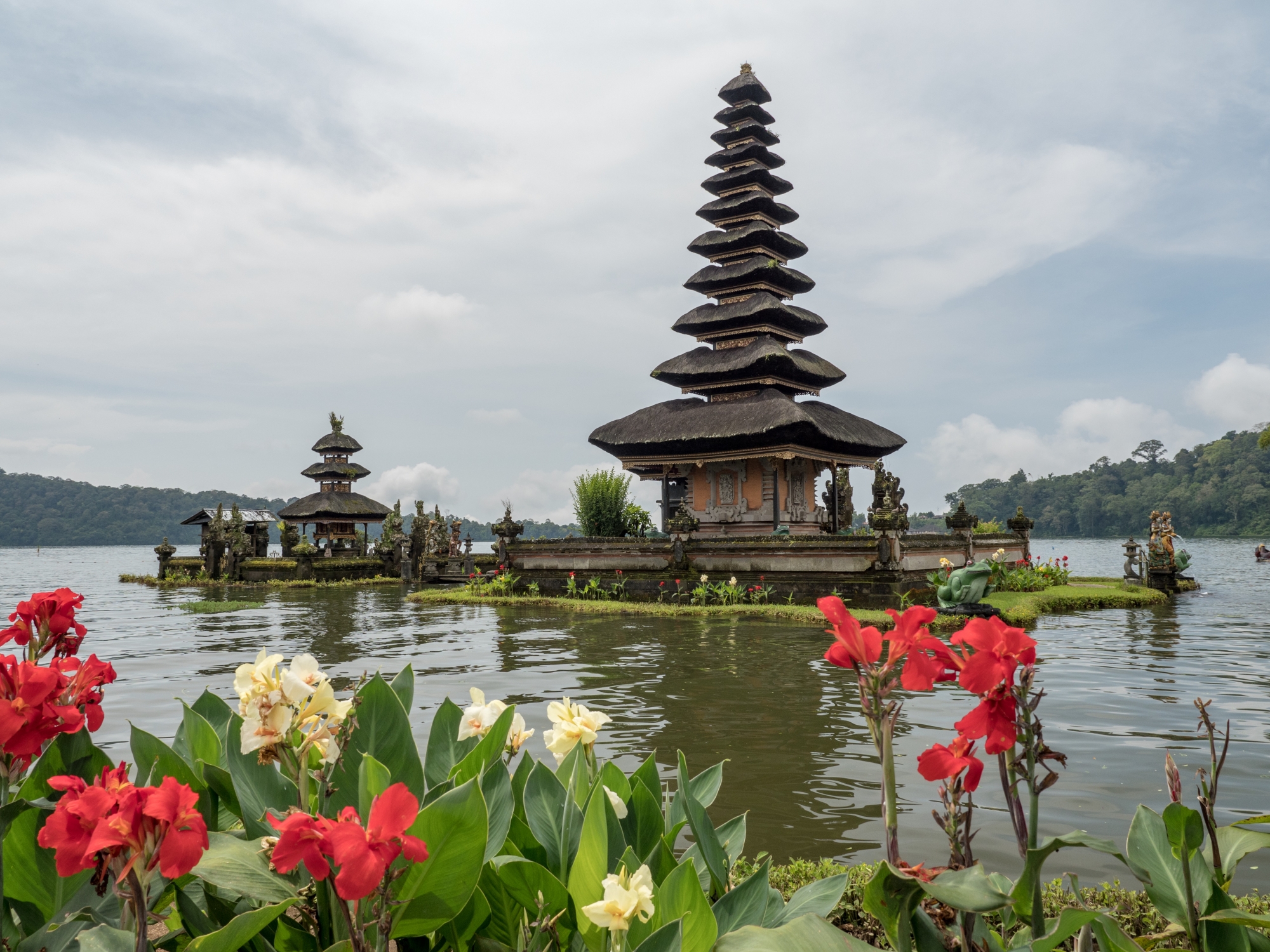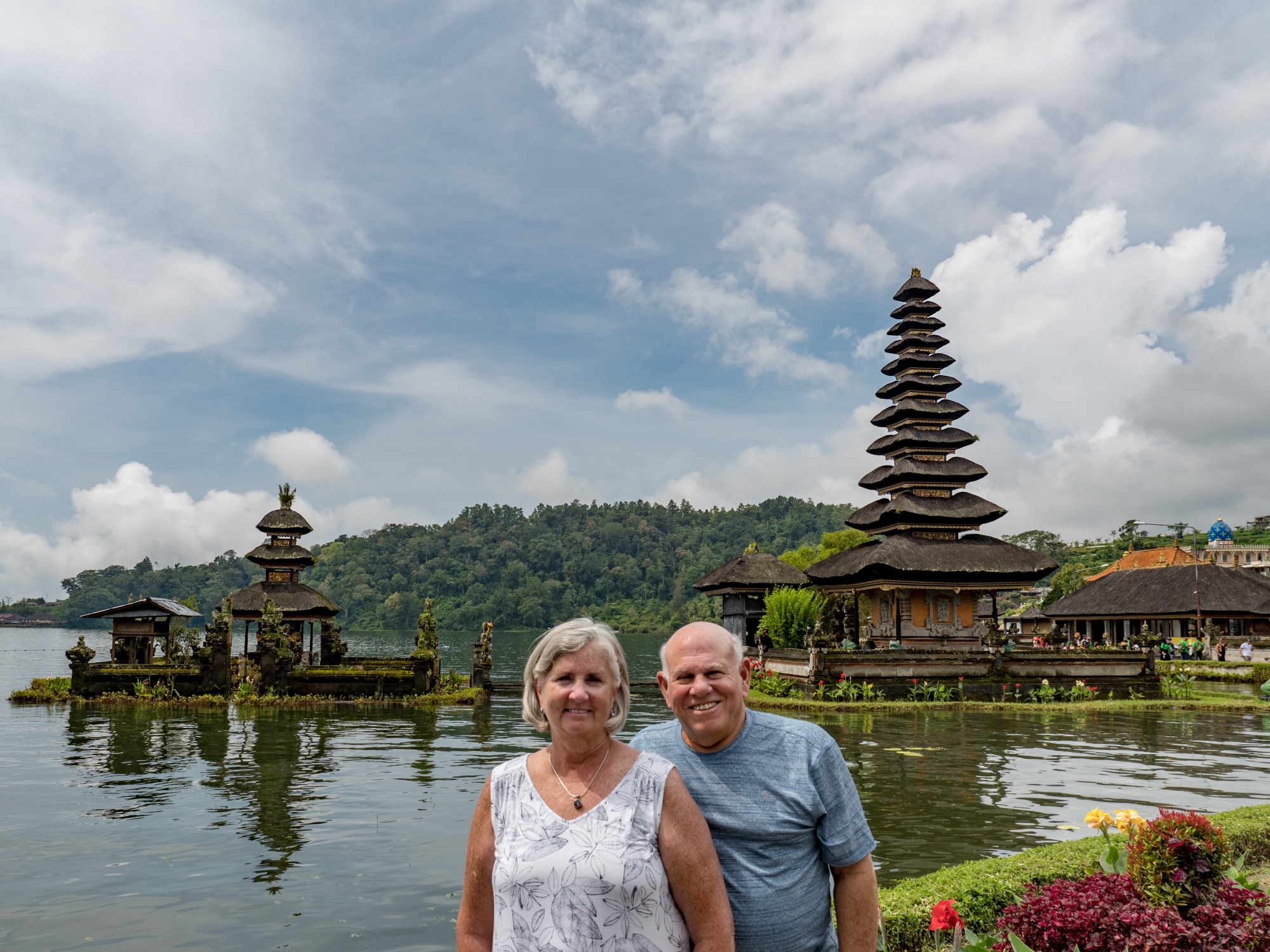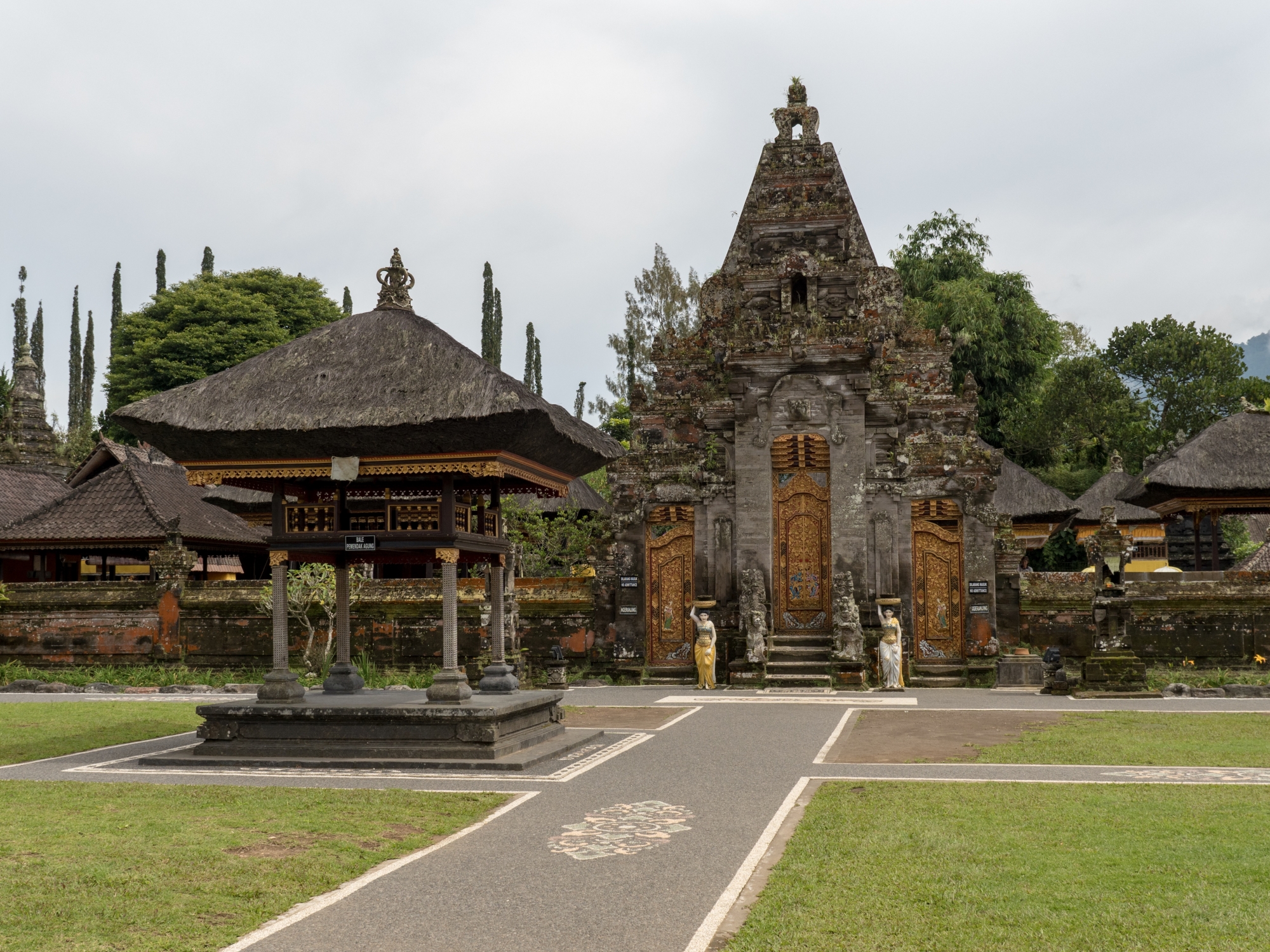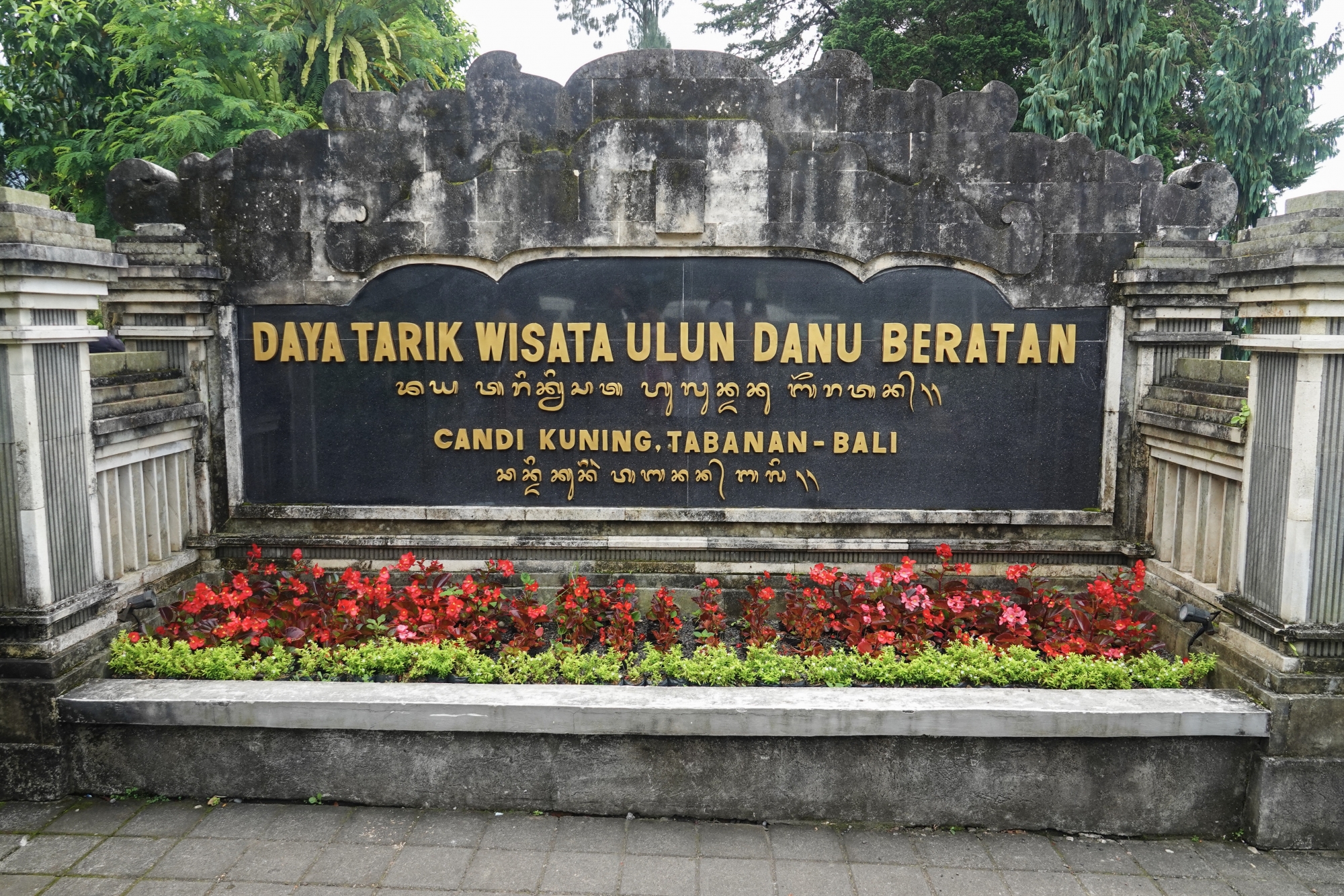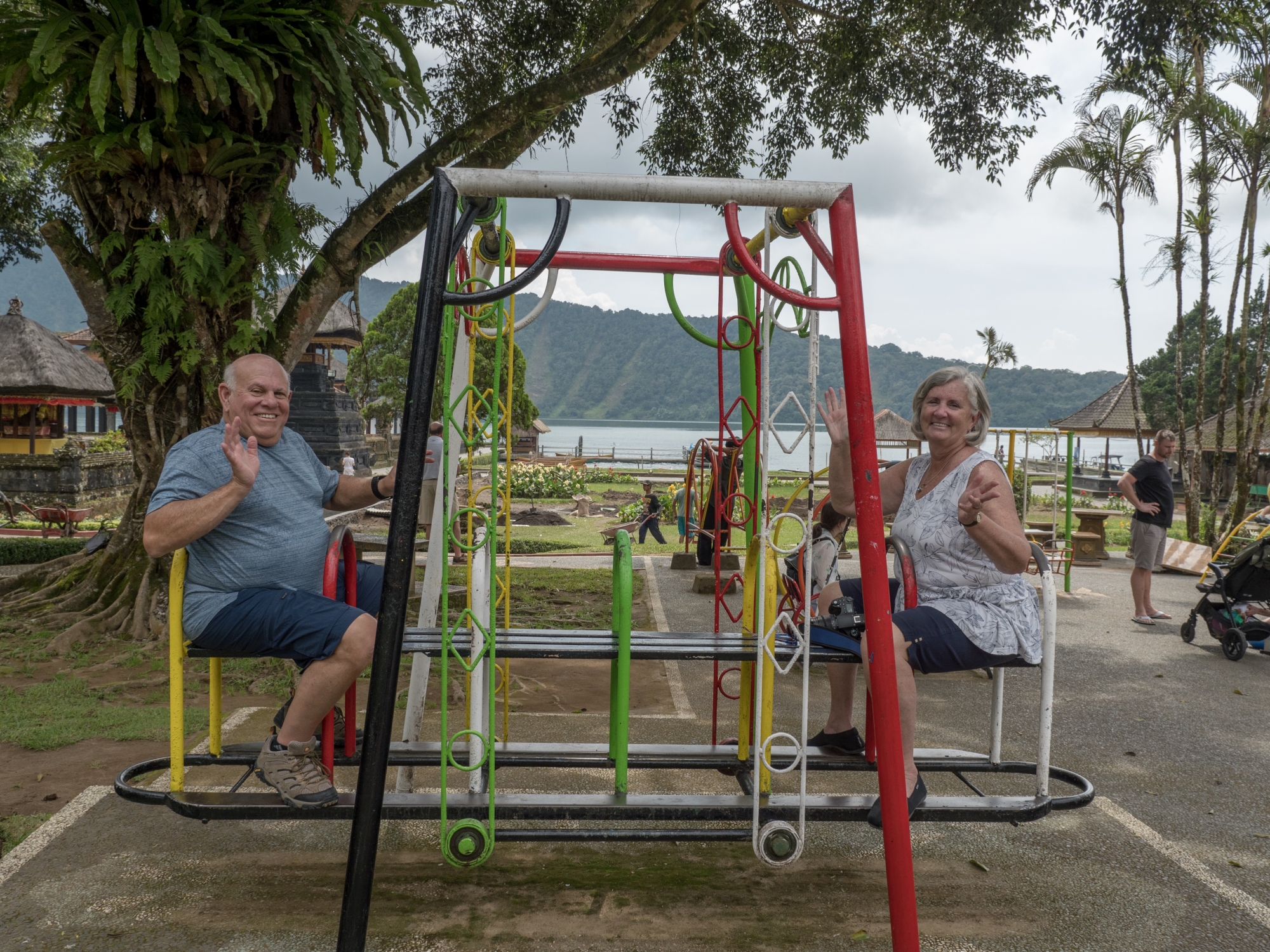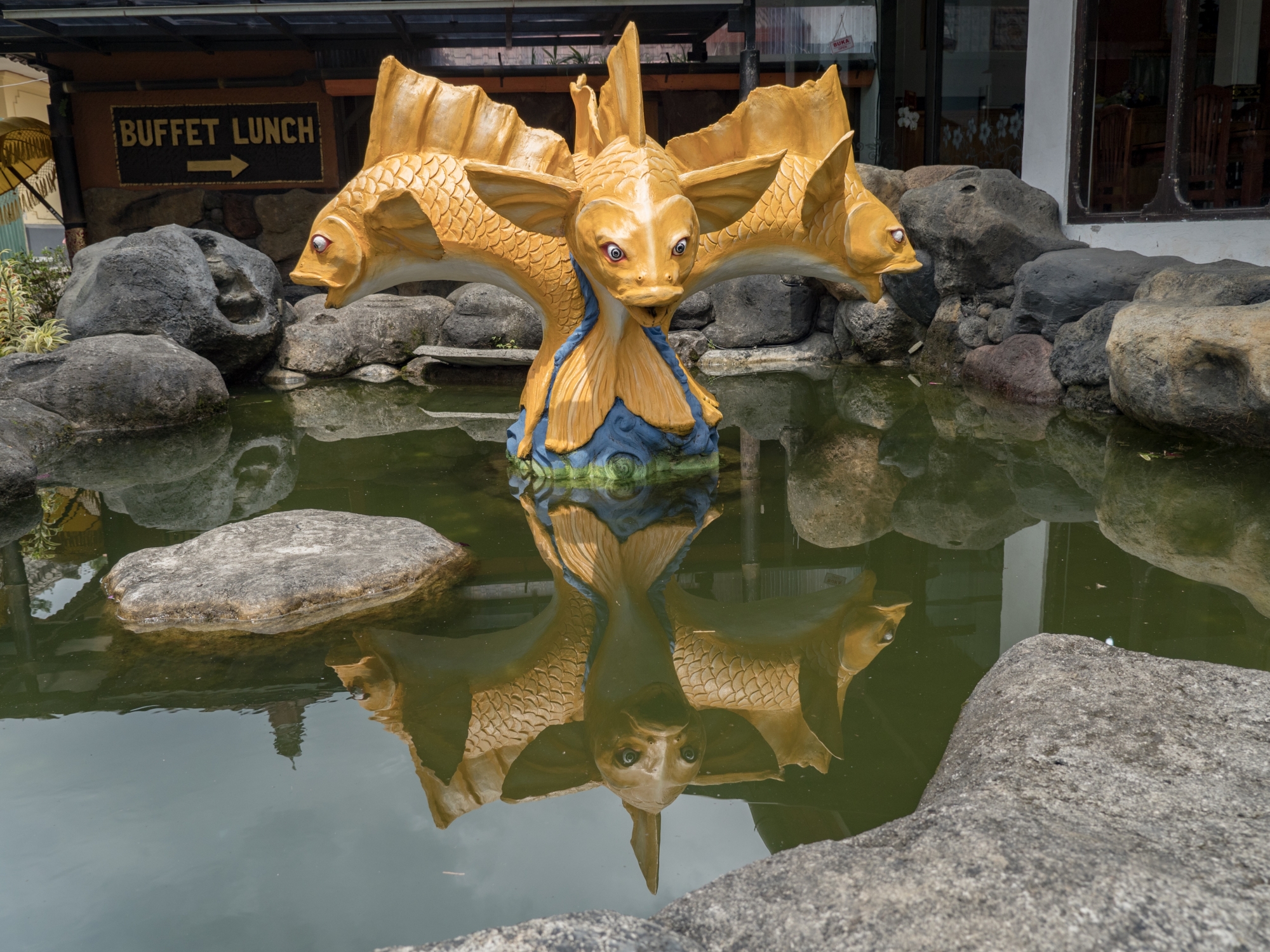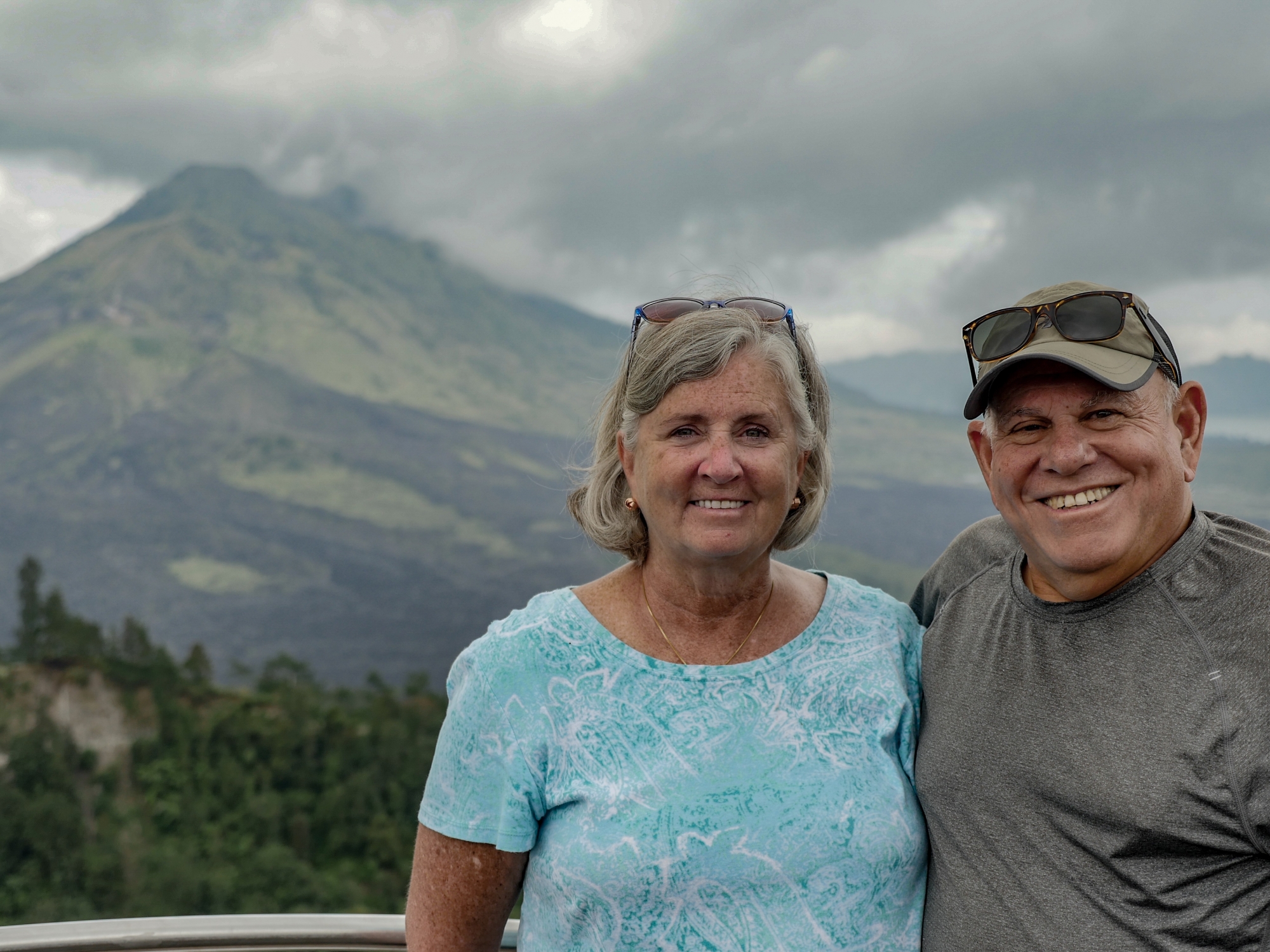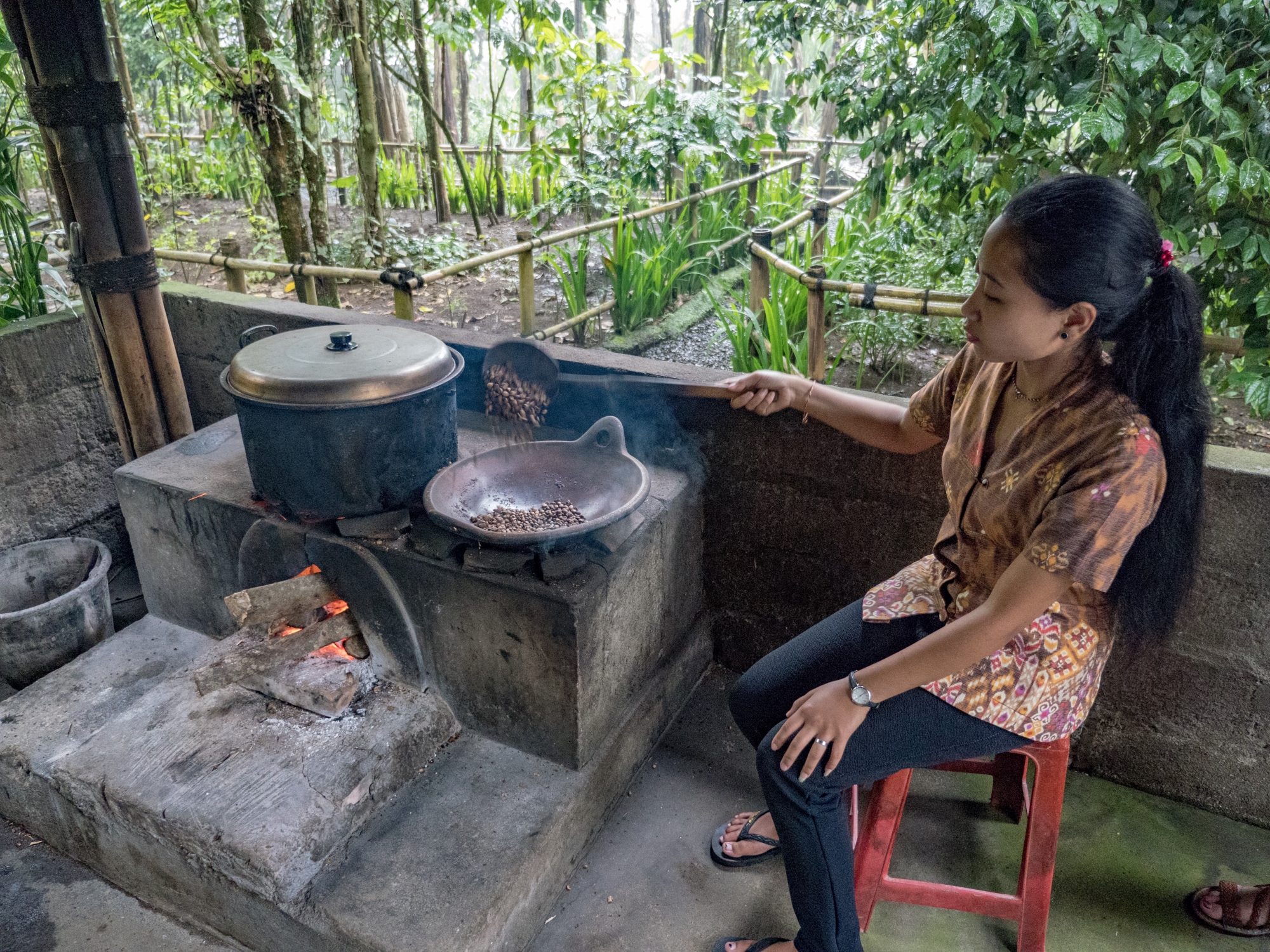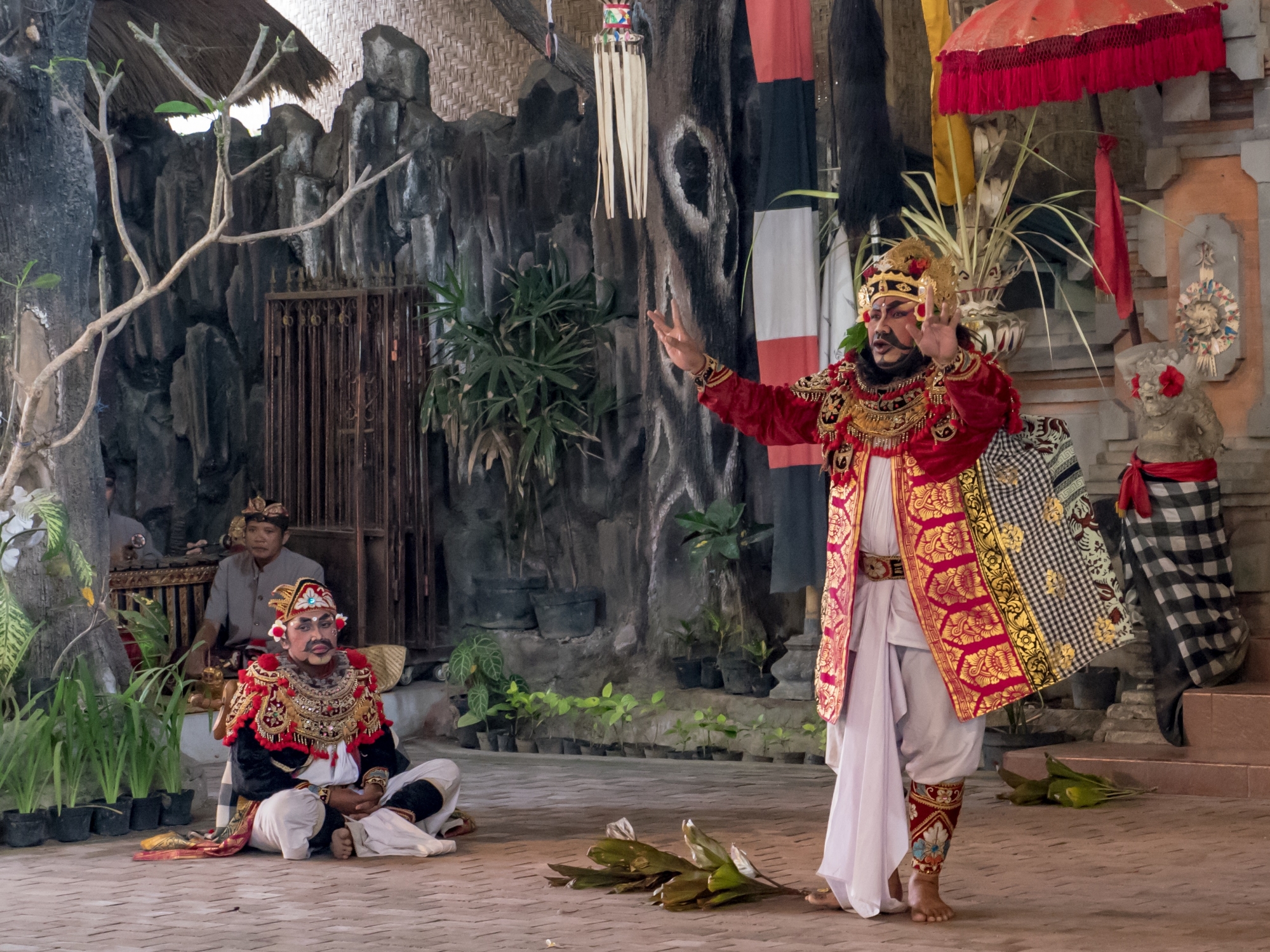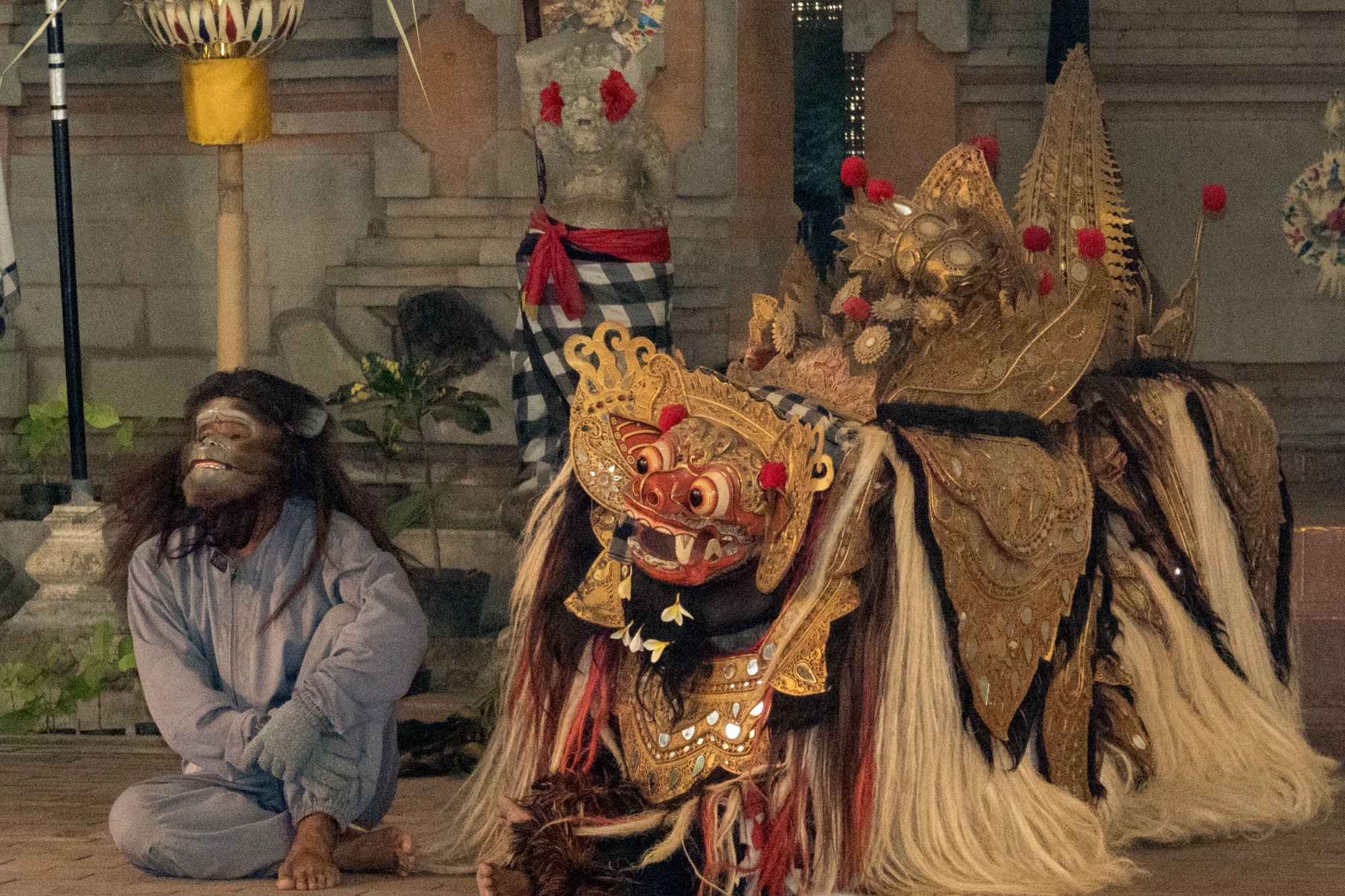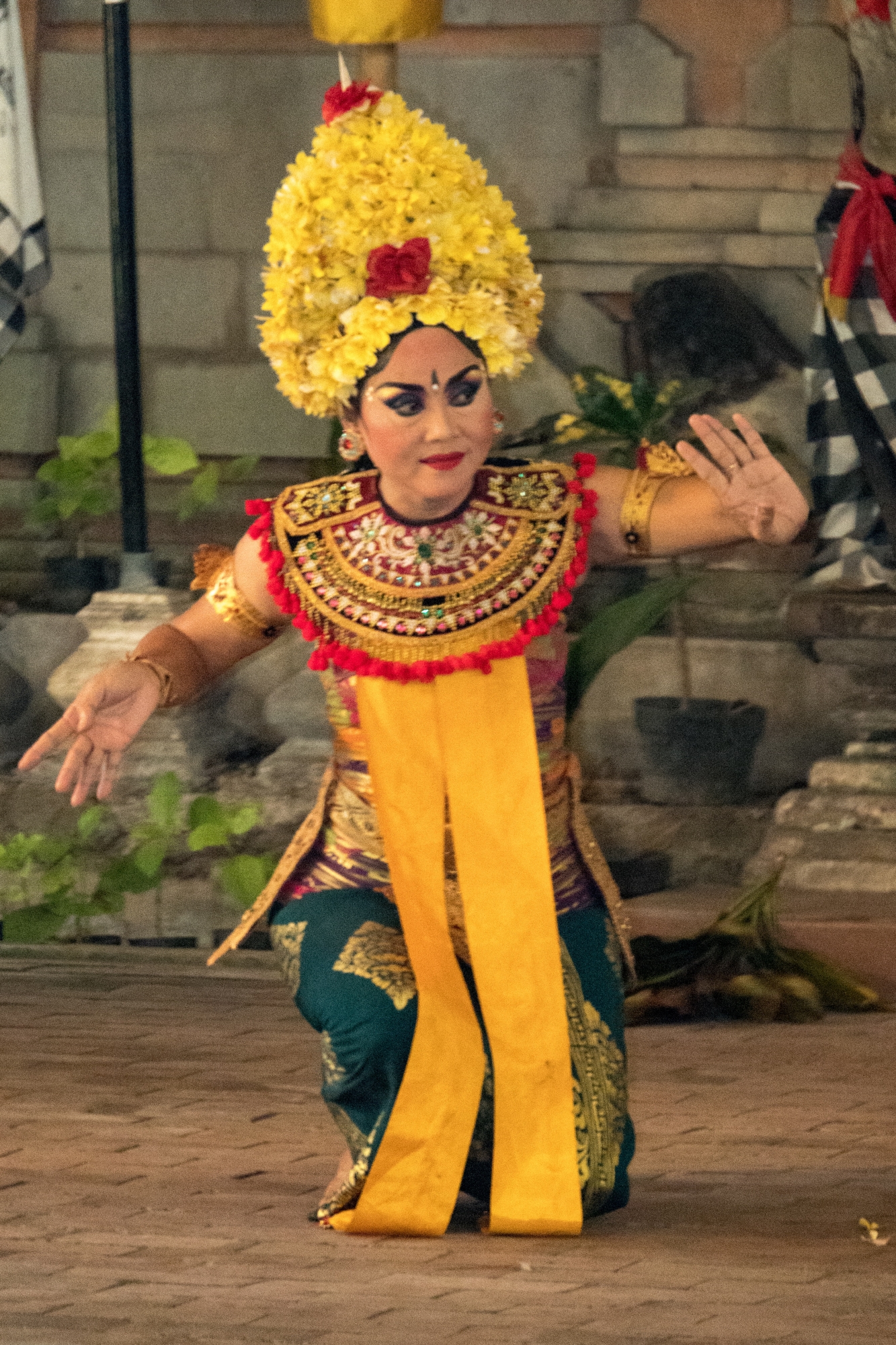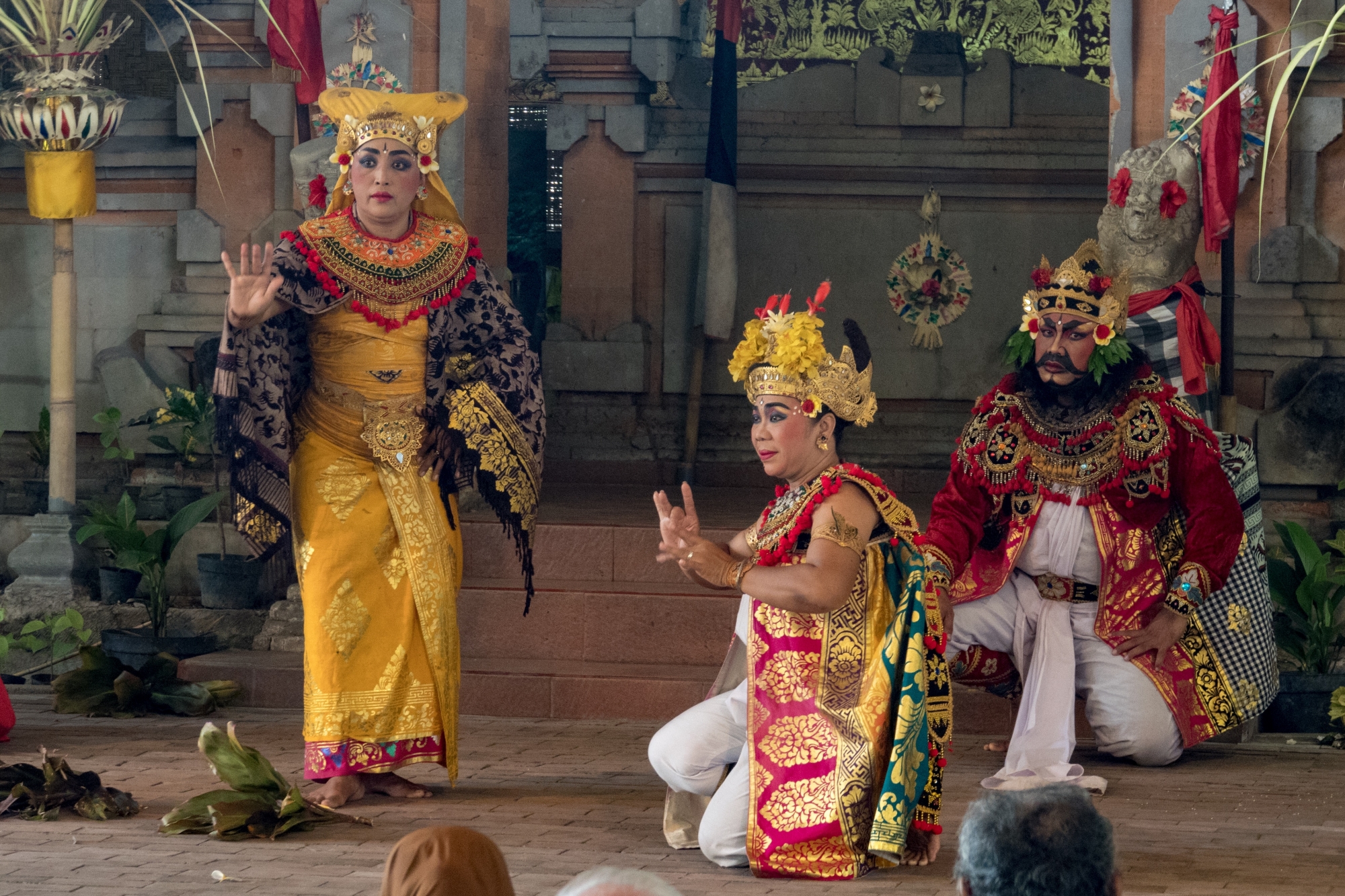Bali the “island of the Gods” has plenty of charm: temples, beaches, diving, spa treatments and handicrafts at bargain prices. Even so, the island’s most indispensable attribute is its people; their warmth, generosity and dedication to preserving their culture are what set the place apart.
Mostly famous for its landscapes that are both dramatic and exotic, rice paddies in Bali are part of the people’s heritage. The centuries-old traditional irrigation cooperative lives on through such artistry in nature. We saw the Jatiluwih rice terraces, recognized by UNESCO on its world cultural landscapes list. (Jatiluwih means extraordinary in Indonesian.)
The rice fields comprise over 1,500 acres, which follow the cascading hillside topography of the highlands and are maintained by the local village cooperative. The Balinese people have depended on this method of agriculture for almost 2,000 years. The terraced rice fields were carved by hand, and with the help of some simple tools and have been maintained by succeeding generations. It is an impressive “sea of green”. They give a new meaning to the word green. They crawl up the sides of the hills like steps leading you towards the sky. And like so much of Bali, the terraces are equally as empty as beautiful.
The Sacred Monkey Forest Sanctuary is a magical dwelling bustling with life. Wildlife. The ancient grandfather looking long-tailed macaques lounge among massive holy trees surrounding the overgrown temples. Their grand babies tromp around in troops, some swinging secretly overhead spying down on the tourists in the lush greenery. Their wide eyed parents nibble on sweet potatoes and mangoes while people watching. There is an overwhelming sense of Mother Nature combined with a true Balinese place of worship. This is Bali, I thought, only in Bali.
The UBUD Monkey Forest 30.8 acre area, has been around for so long that its history was determined by an analysis of the site. Based on the research, the temple’s construction dates back to the 14th century making the Ubud Monkey forest older than its home country, Indonesia. During that era, the area that forms Indonesia was governed by separate ancient kingdoms. Research shows, Ubud and surrounds was a royal neighborhood where royal families live in grand palaces, unfortunately, no records are available to know who exactly built or designed the site.
The temple is built upon the Balinese traditional philosophy “three causes of well-being” that includes harmony with God, with other people, and with nature. Here you can find temples for worship, lush forest and hundreds of monkeys. About 600 monkeys live in the forest area, more specifically known as the Balinese long-tail Macaque or Crab eating Macaque as they are properly known.
We watched playful monkeys in their natural habitat, swinging through canopies, racing along pathways or feeding on bananas. The monkeys are so accustomed to humans that they generally ignore you when you walk by. The best way to get up close to the monkeys is with bananas, (they climb you like a tree) which were sold at the entry gate. The “brave banana man” in our pictures is Jerry, the coordinator of the excursion, and a fellow with an infinite sense of humor.
We saw mothers who were holding babies close, feeding and grooming them while juveniles ran around and large males watched from above. We heard lots of laughter as the monkeys jump on people who’ve brought them bananas. Shutters click continuously as people snap photos of the long tailed felons. And the tiny almost hairless babies suckling from their mothers are adorable.
Dance and drama play a historically important role in Balinese society. Through this medium, people learn about the epic stories from Balinese history, but since we did not speak the language, we just enjoyed the color and movement. Wearing glittering headdresses, the dancers move in perfect stylized sync, emotions vividly expressed by only darting eyes. Other parts of the story seem to have an element of slapstick humor, and the costumes are so colorful. The dance performance accompanied by a gamelan orchestra, or a percussion ensemble. The gamelan is a collection of gongs, xylophones and drums.
Pura Ulun Danu Bratan is the most photographed temple on the island and is a rather iconic construction of Bali. Standing on the shore of Lake Bratan, it gives an illusion of floating on the water. The temple is based on a beautiful Balinese concept of balance of two opposites. Pura Ulun Danu Batur is regarded as feminine while Pura Besakih is masculine. Therefore, the two temples complete the Universal Balance. The God of water bodies, Dewi Danu is worshipped here. The temple has 11 stories and the architecture is truly awe-inspiring. The sheer beauty of the magnificent structure, calmness of the water around and backdrop of mountains, altogether creates a surreal experience. Bali is primarily known for its gorgeous locations, and this temple is one gem of its vast natural treasures.
2 of Bali’s 11 mountains are active volcanoes Mount Batur and Mount Agung. We enjoyed lunch within view of Mount Batur; which erupted in 2000, Mount Agung erupted in 2017 (3 months ago!) The top however, remained in the clouds for much of the day. There are tours which lead you to the top, but looking at it from afar was fine for me.
A trip to Bali wouldn’t be complete without a visit to one of its many coffee plantations—heaven for coffee (and tea) lovers alike. We visited a coffee plantation, the visitor center had a garden identifying the plants and fruits grown for their coffee and tea label. We heard about and tried a cup of Bali’s famous Kopi Luwak. The coffee gets its unique flavor by going through the digestive process of a civet (a cat-like, nocturnal mammal). That’s right, Kopi Luwak seeds are only ready after they’ve made it all the way through a civet’s digestive tract! It is the world’s most expensive and exotic coffee.


